____________
Sean Landers Various, 2017-2018
‘In the beginning was the word and the word got fleshed out. That would be the opening line in Sean Landers’s version of his Bible, were he to write one. It would be a kind of secular new testimony because, for him, language is the medium and the message. When I say, the word gets “fleshed out,” I mean it literally. Both his written paintings and [sic], his quasi-fictional, quasi-factual Bildungsroman, are overflowing with the pleasures and the anxieties of the flesh. He presents himself as two characters, one who is a writing self and the other a fictive self, and together they tell the story of Sean Landers. He says the fictive persona not only makes things more interesting, but it also provides him “with a fig leaf to hide behind.” There are occasions when that cover falls off and he ends up being full-on leafless. His early videos and language paintings are delightfully outrageous acts of exposure. Were he to make one, his philosophical declaration would be Discoperio ergo sum. The translation goes something like, “I uncover and lay bare; therefore I am.”’
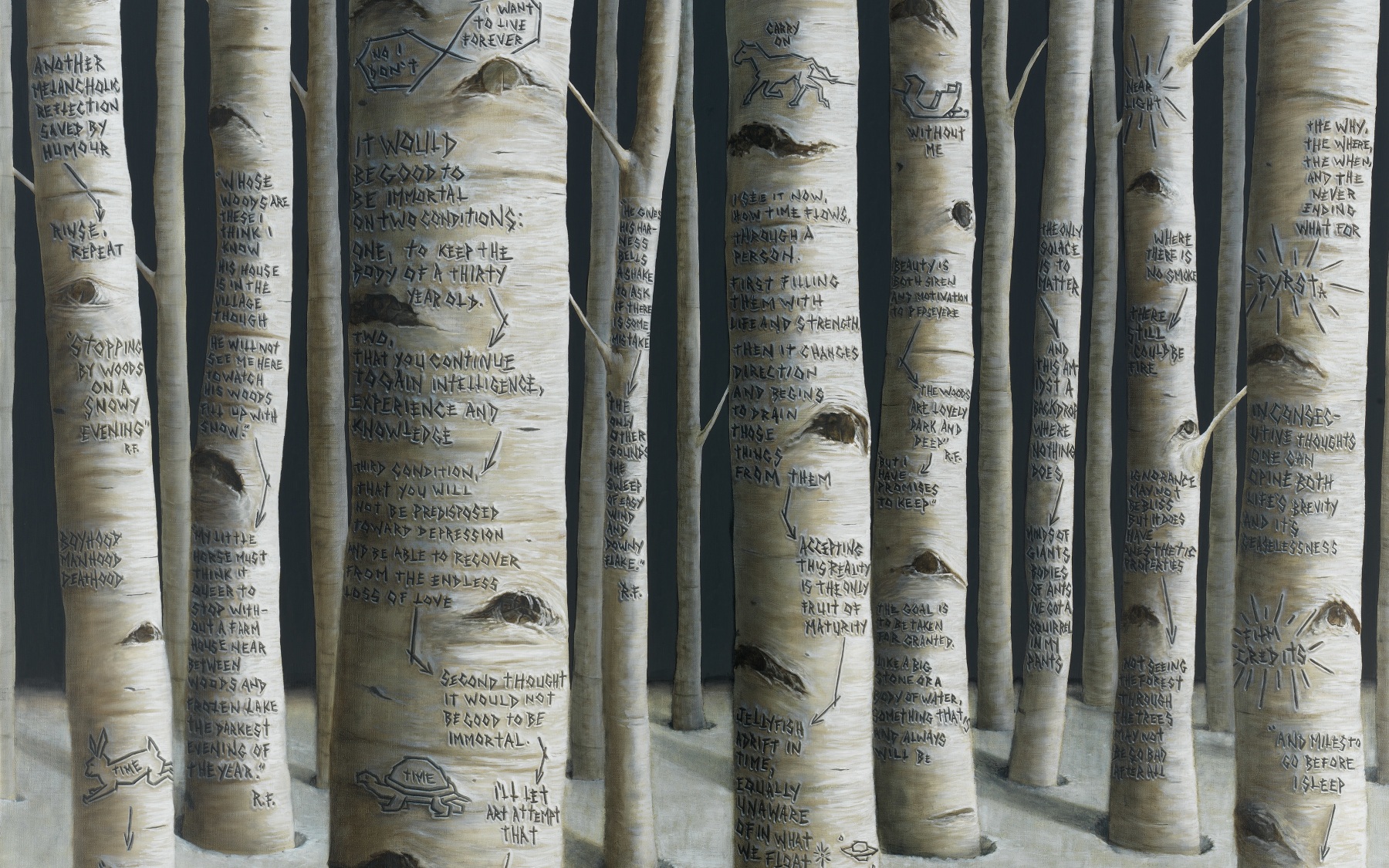
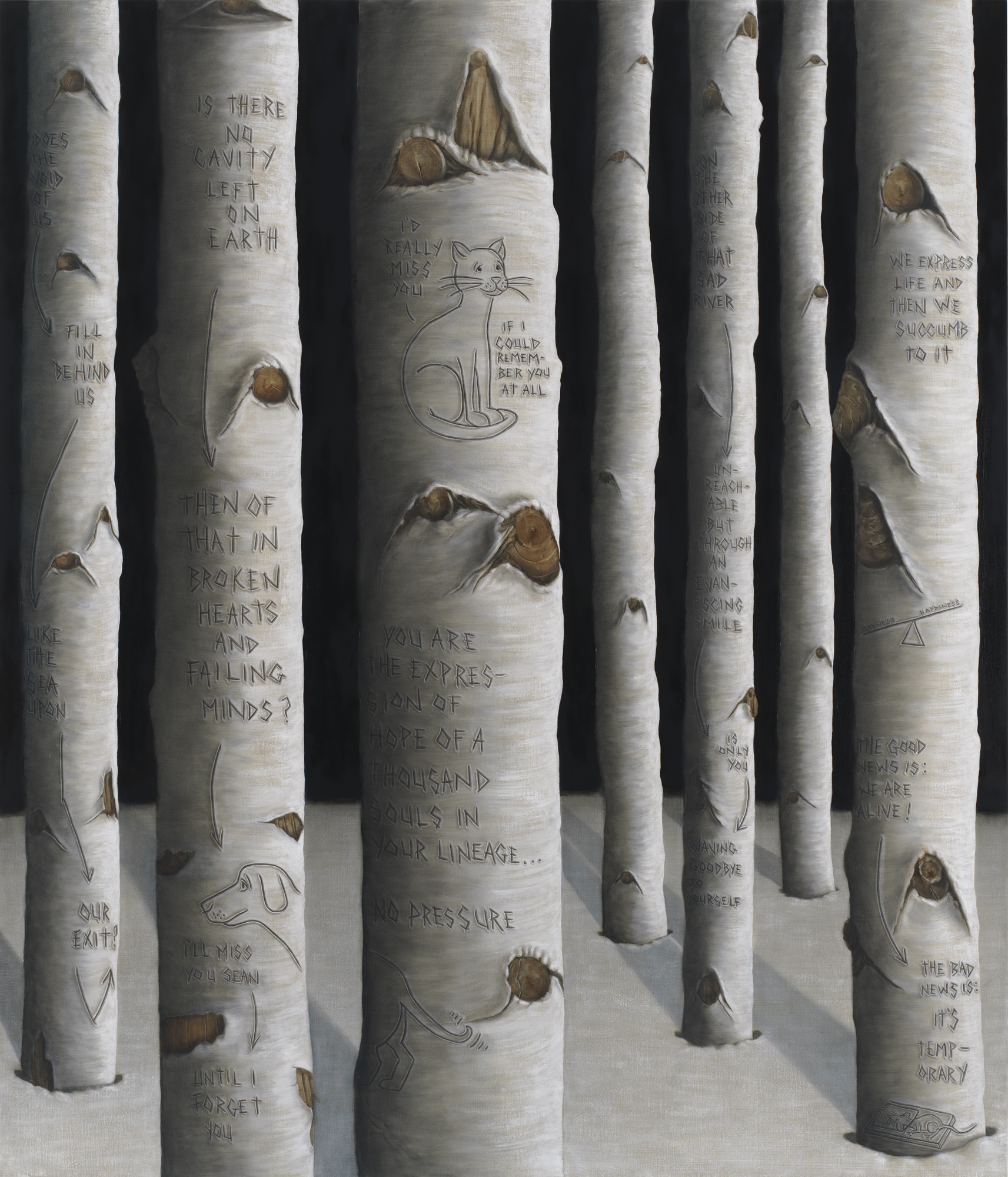



____________
Jillian Mayer You’ll Be Okay, 2014
‘You’ll Be Okay is a 4 minute looping animation of the title’s reassuring text written against a background of white clouds in a blue sky, composed to appear as if a skywriting plane had created the text. Set to time-lapsed clouds, the words of the message fade away over several minutes before slowly being re-written in a continuous pre-programmed loop of reassurance.’
____________
Ronnie Van Hout Various, 2016-2017
‘It’s performance, so I was also interested in the stage. I was into the punk rock music scene when I was younger, which worked with the idea of taking away the stage. A lot of punk gigs were just on the floor, with the band on the same level as the audience, in a non-hierarchical situation. I’m interested in that in relationship to the performer’s position. In stand-up there’s an intimacy that’s created through the performance, which is different to theatre. You have to laugh. It’s not funny and it’s not a joke until someone laughs at it. My high school yearbook quote was: “The difference between people and animals is stand-up comedians.”’
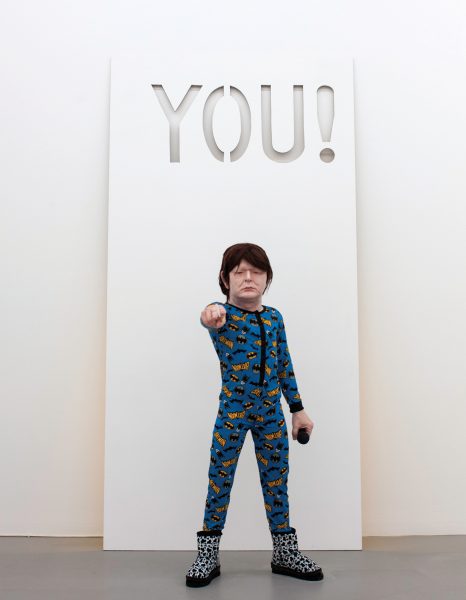
YOU!, 2016

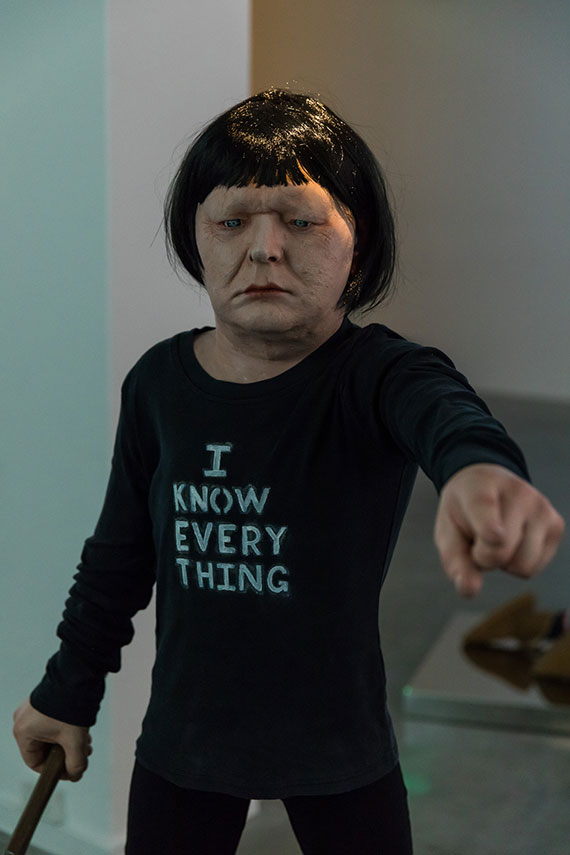
I Know Everything, 2017
____________
Paul Thek You Cannot Resist My Wave, 1979
Ballpoint on paper, 11 1/2 x 9 1/4 x 5/8”
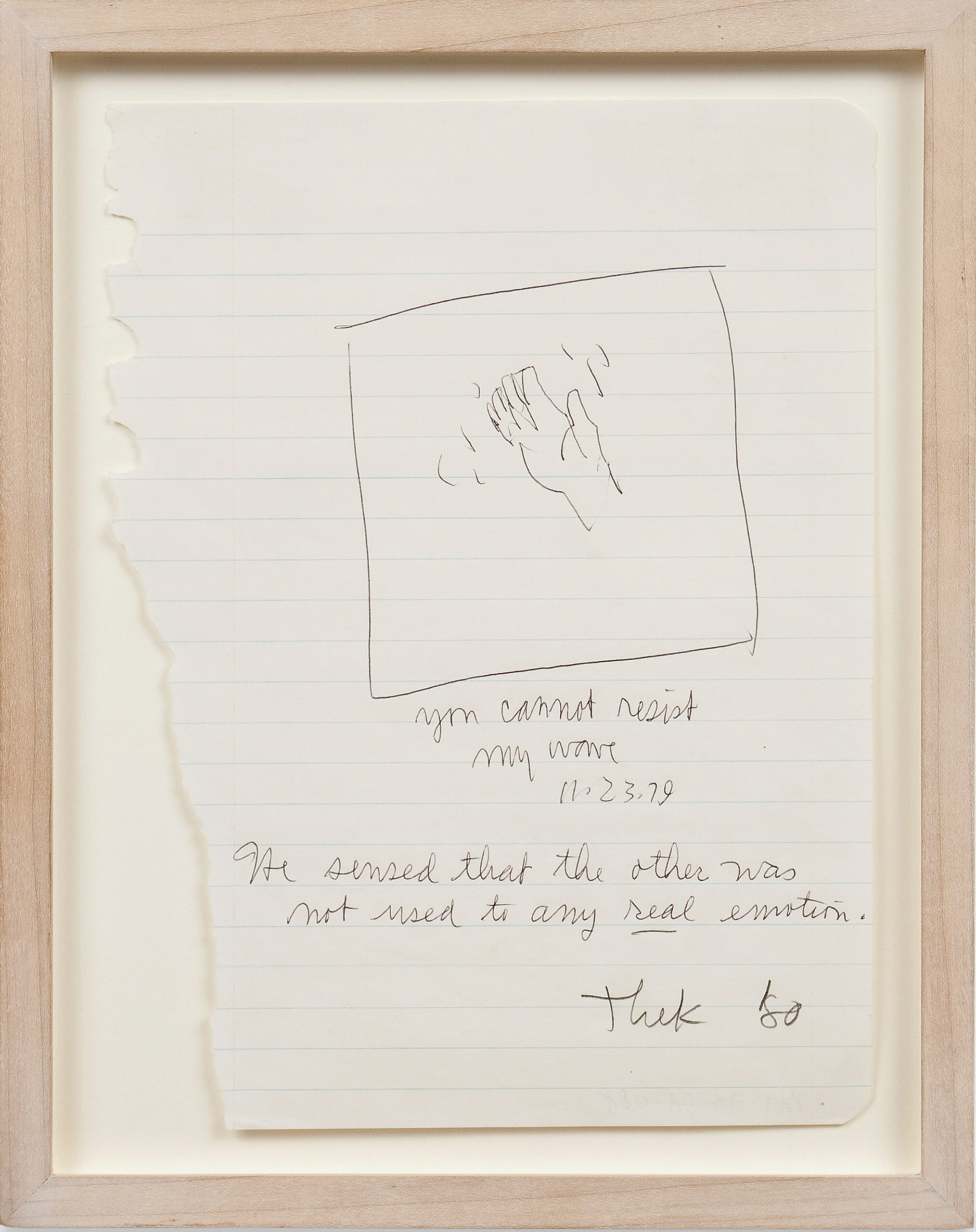
____________
Cécile Babiole Copies conformes, 2017
une oeuvre réalisée grâce à une imprimante 3D

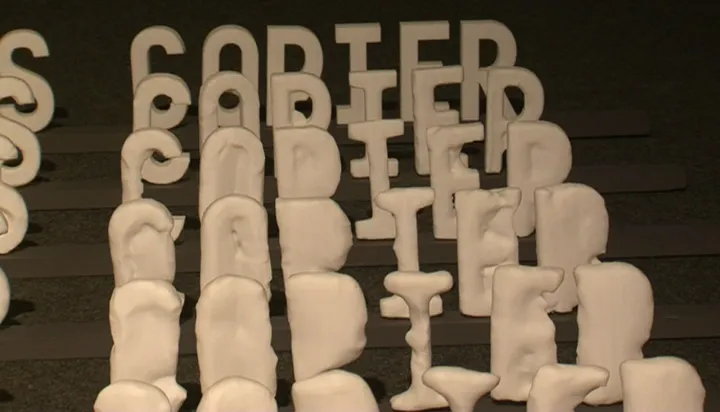
____________
Catherine Élise Müller Martian Language, 1897
‘Catherine Élise Müller (1861-1929) was a Swiss woman based in Geneva who, as a spiritualist medium, became known as “Hélène Smith.” In 1891, she attended her first séance, experienced hallucinations, and discovered her paranormal ability. Between 1895 and 1900, Théodore Flournoy, a psychology professor at the University of Geneva, observed Smith’s automatic writing, trances, and claims about channeling the spirit of Marie Antoinette and being psychically transported to Mars. Smith “wrote” in hitherto unknown languages, including, she said, those of Mars and Uranus.’
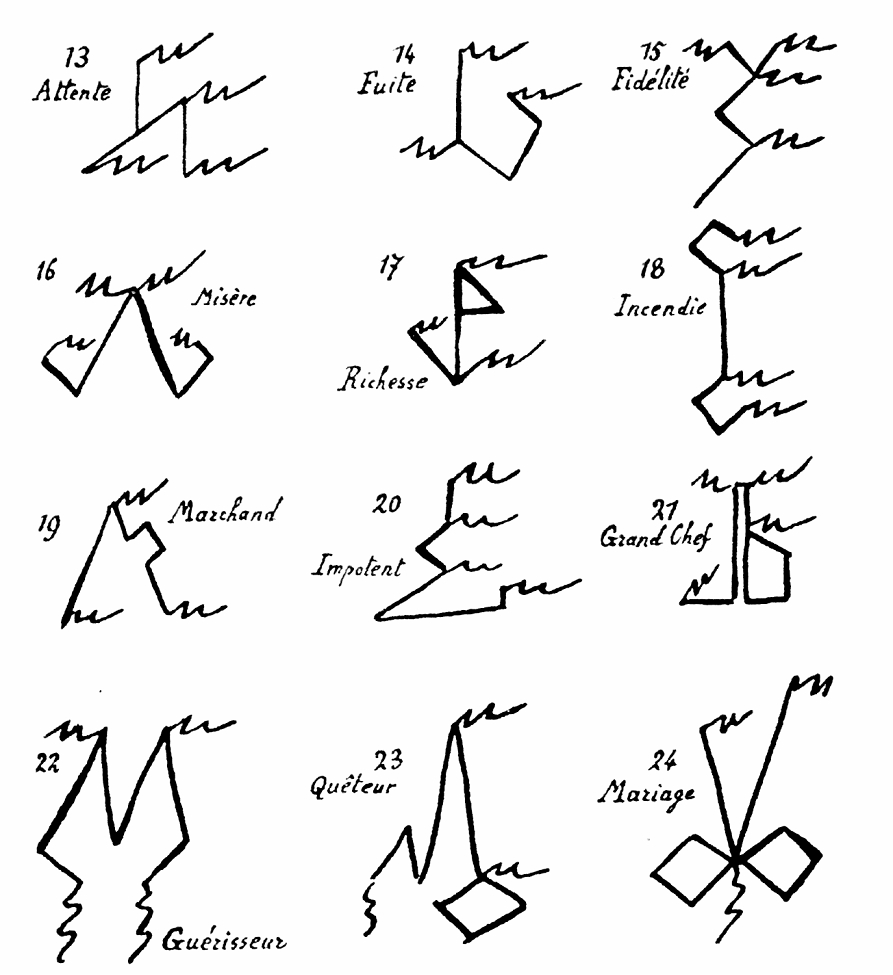
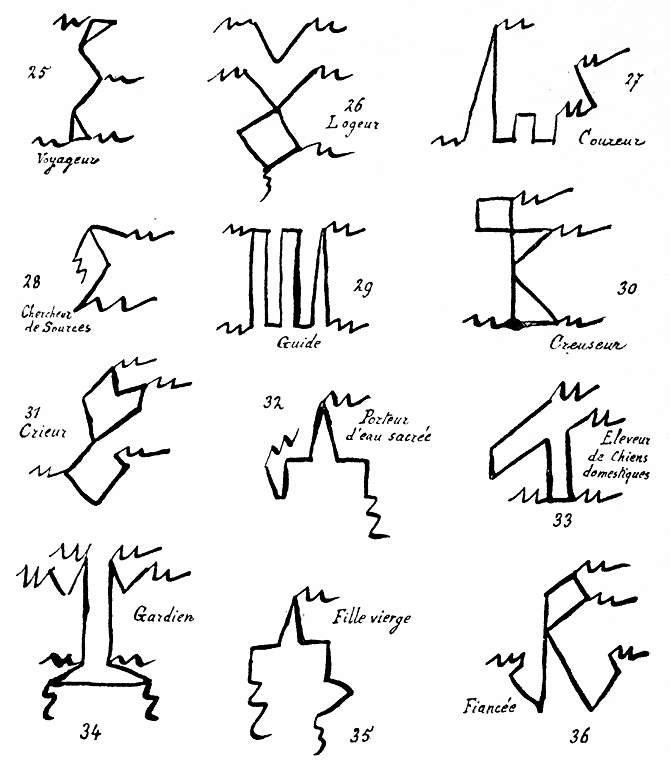
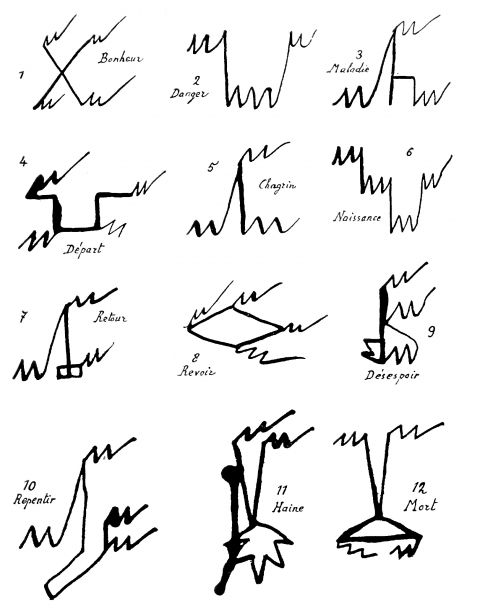
____________
Tim Rollins and K.O.S. Darkwater (after W.E.B. DuBois), 2013
‘Rollins and K.O.S. begin with important literary and musical classics as the inspiration for their artwork, which is typically produced directly on the pages of books, cut out and laid in a grid on canvas. This is their signature style, which was developed early on in their collaboration. To create Darkwater (after W.E.B. Du Bois), Rollins introduced Dubois’ seminal text to the IS 218 students during a weeklong workshop. By dipping 72 pages from a first edition print of the book into black and gold watercolor, the students responded to issues discussed in ‘Darkwater’ – relating to race, class and gender – through the process of art making.’
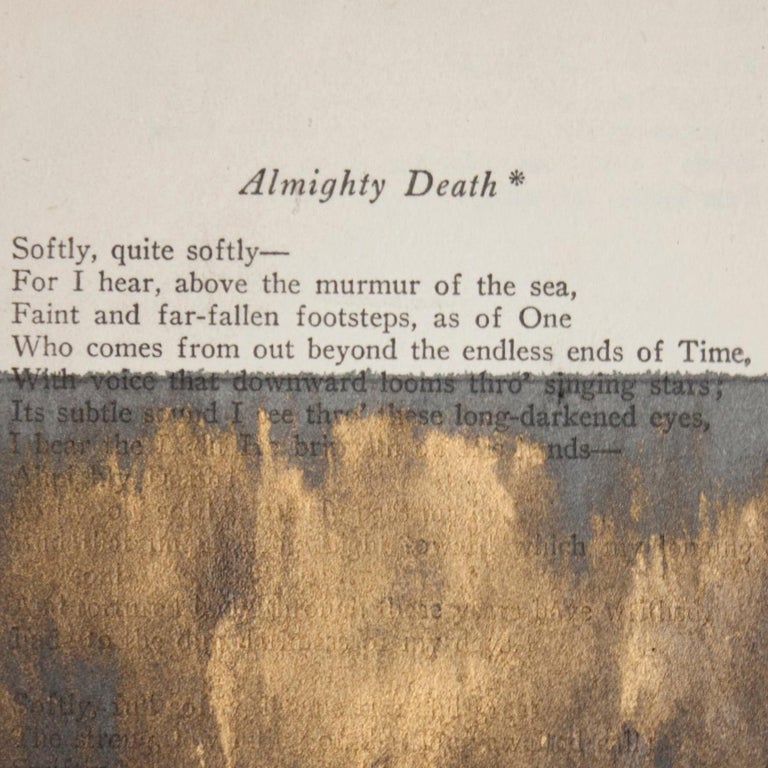

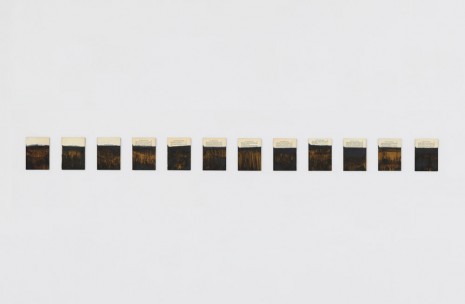
____________
Adam Pendleton Various, 2016-2019
‘Adam Pendleton is a conceptual artist known for his multi-disciplinary practice, which moves fluidly between painting, publishing, photographic collage, video and performance. The artist’s work centers on an engagement with language, in both the figurative and literal senses, and the re-contextualization of history through appropriated imagery to establish alternative interpretations of the present and, as the artist has explained, “a future dynamic where new historical narratives and meanings can exist.”’

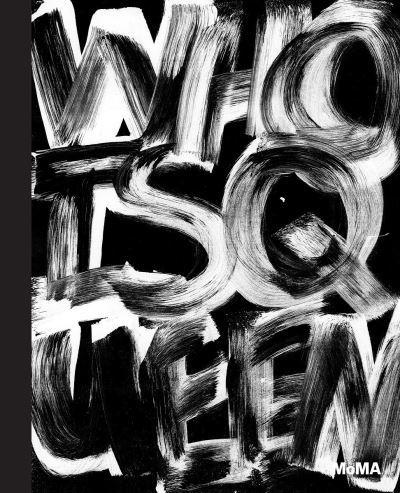
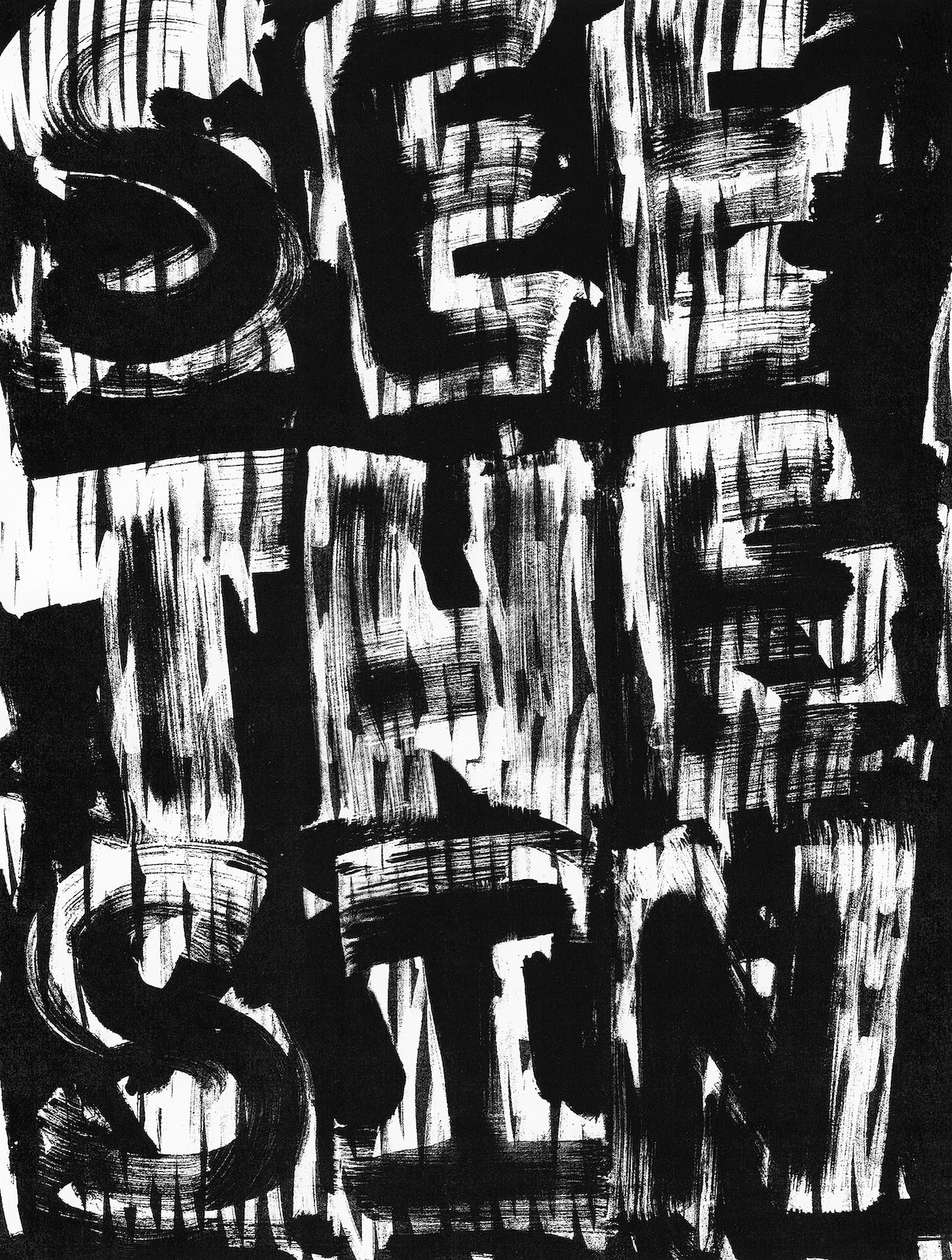
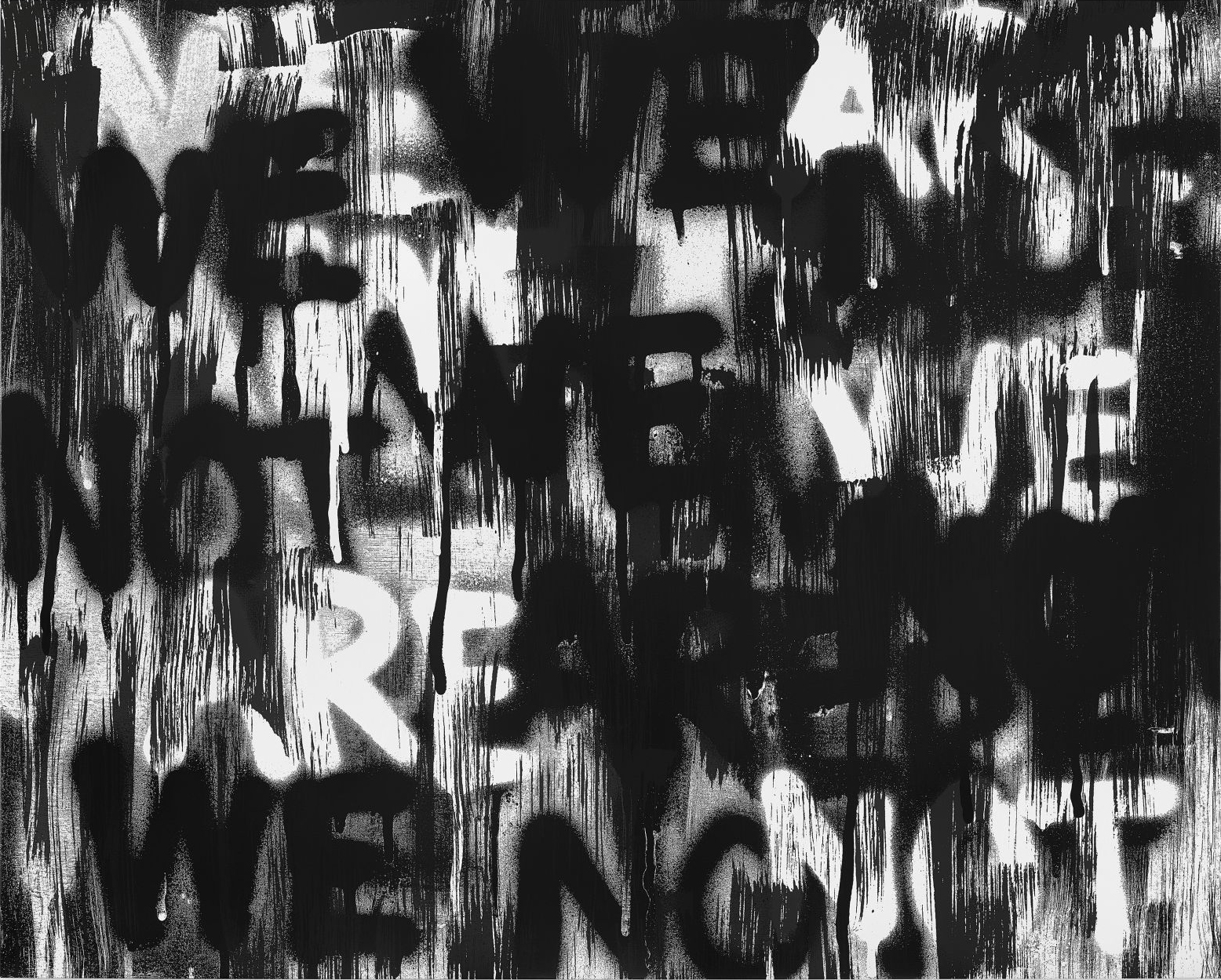
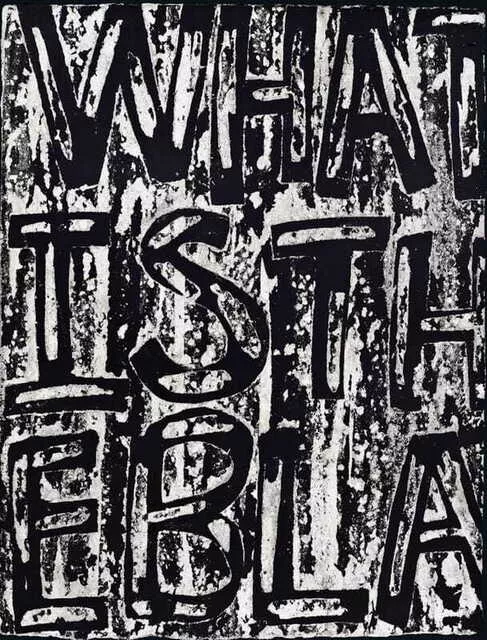
_____________
Matt Donovan & Hallie Siegel Landscape, 2012
Mixed media installation 16′ x 10′ x 10′
______________
CB Hoyo Buy Art Not Drugs, 2018
‘CB Hoyo is a self-taught Cuban artist, who lives and works in Europe. He is also very active on social media, starting conversations with his followers about art, about the issues which he addresses, about very awkward and personal subjects.’
______________
Robert Lyn Nelson Beatles Tribute, 2020
‘Years of painting and creating works has helped Robert to be able to create a vision in his mind and transfer it to canvas without the use of studies in most of his works. Robert’s Beatles Tribute Series, which he started in 2008, allows him to explore and discover different avenues of surrealism. Interpreting the songs and lyrics of the music of The Beatles like “Hey Jude” to create visual art has taken him on a surrealistic journey….expanding his artistic range, which is how you do an art study.’

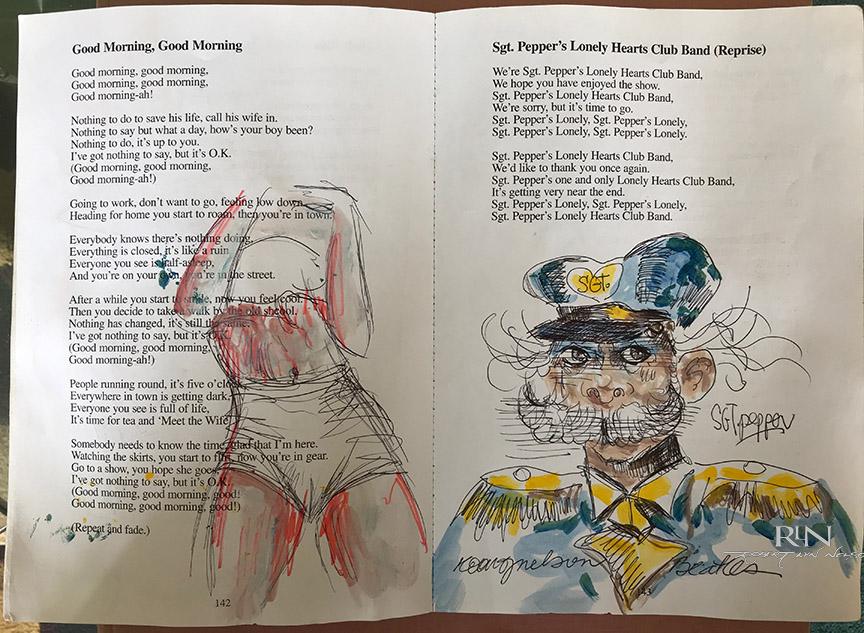
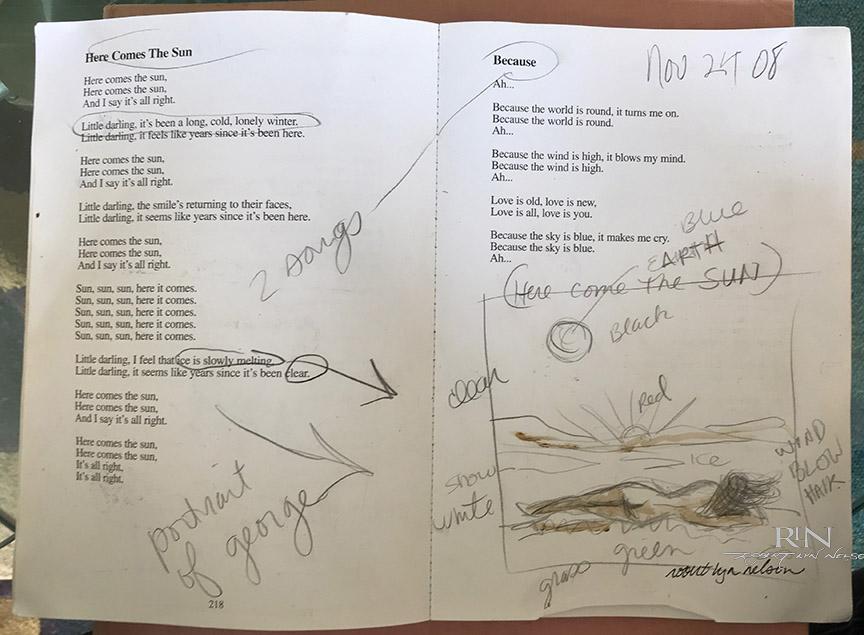
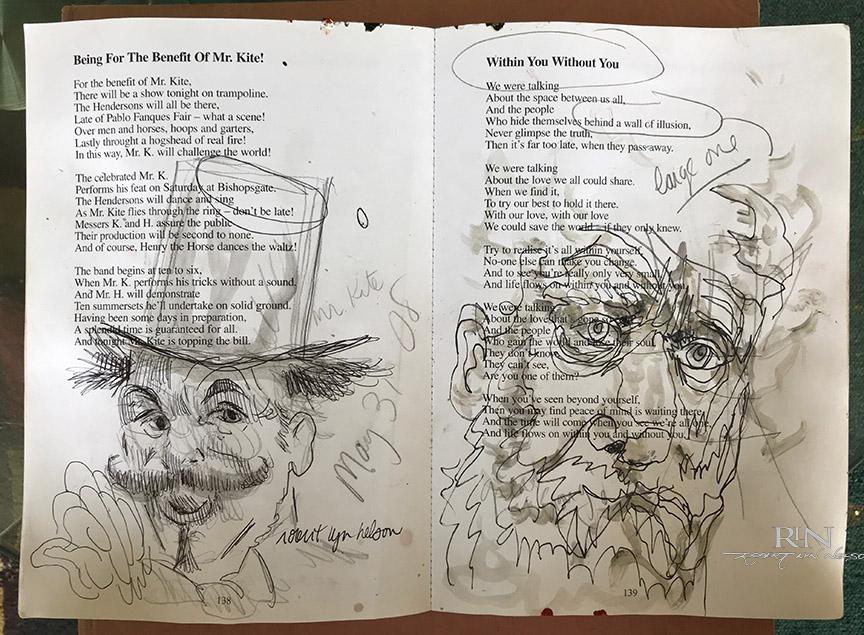

______________
Nathan Carter TRAVELING LANGUAGE MACHINE WITH #3 FREQUENCY DISRUPTOR AND DISINFORMATION NUMBERS STATION, 2007
‘Carter matter-of-factly declares, “This is a radar reflector,” [Gestures wildly] and this [Gestures wildly] is a traveling radio station.” He’s a guy who imagines the letters of a text message floating in a jumble up to bounce off a satellite, then back down to fill the recipient’s phone.’

______________
Lawrence Weiner As far as the eye can see, 1998-2015
‘The artist may construct the piece. The piece may be fabricated. The piece need not be built. Each being equal and consistent with the intent of the artist the decision as to condition rests with the receiver upon the occasion of receivership.’ – Lawrence Weiner
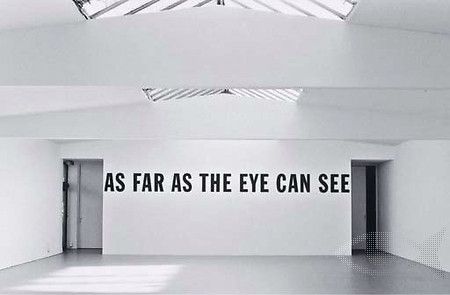
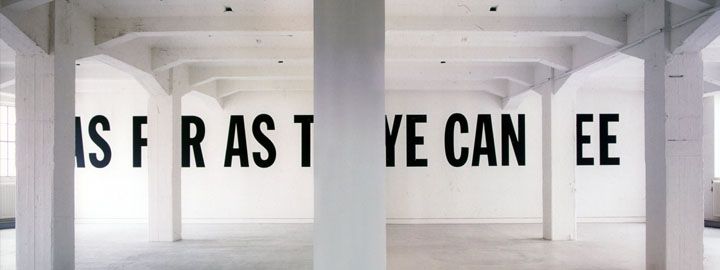
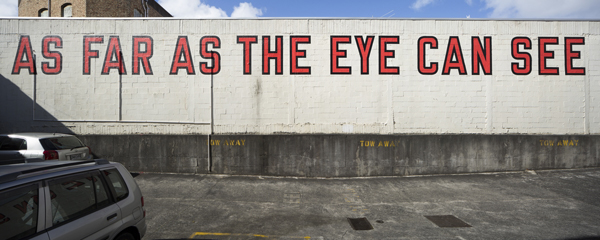
______________
Gabriel Kuri Various, 2003-2006
‘Gabriel Kuri is renowned for sculptures and collages made from the remains of everyday purchases and found objects. Kuri reconfigures meaning from tickets and receipts, retail supplies and slabs of marble, stones and other incongruous materials of related to consumption. Both his objects and images are often created from the residue of monetary exchanges and the consumed goods that the artist collects on a daily basis.’




______________
Glenn Ligon Various, 1992-1995
‘Glenn Ligon’s early love of literature evolved into a fascination with the political and social uses of language, which informs much of his work. Ligon’s paintings and prints contemplate issues about the formation and perception of identity and race. Ligon is perhaps best known for paintings that feature carefully selected phrases or sentences taken from literary sources such as Gertrude Stein, James Baldwin, Ralph Ellison, Mary Shelley, and Jean Genet. Ligon’s manipulations of the text call into question the difference between seeing and reading, and the reliability of the ways in which people see and read each other.’
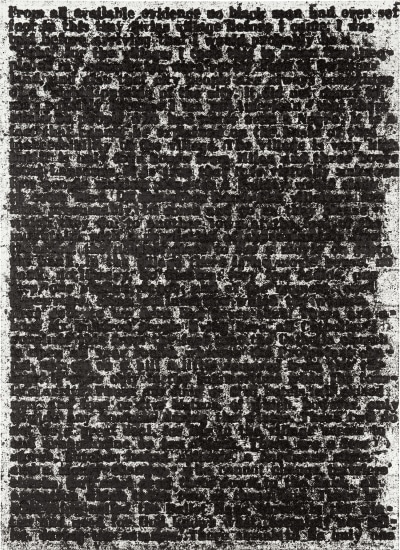
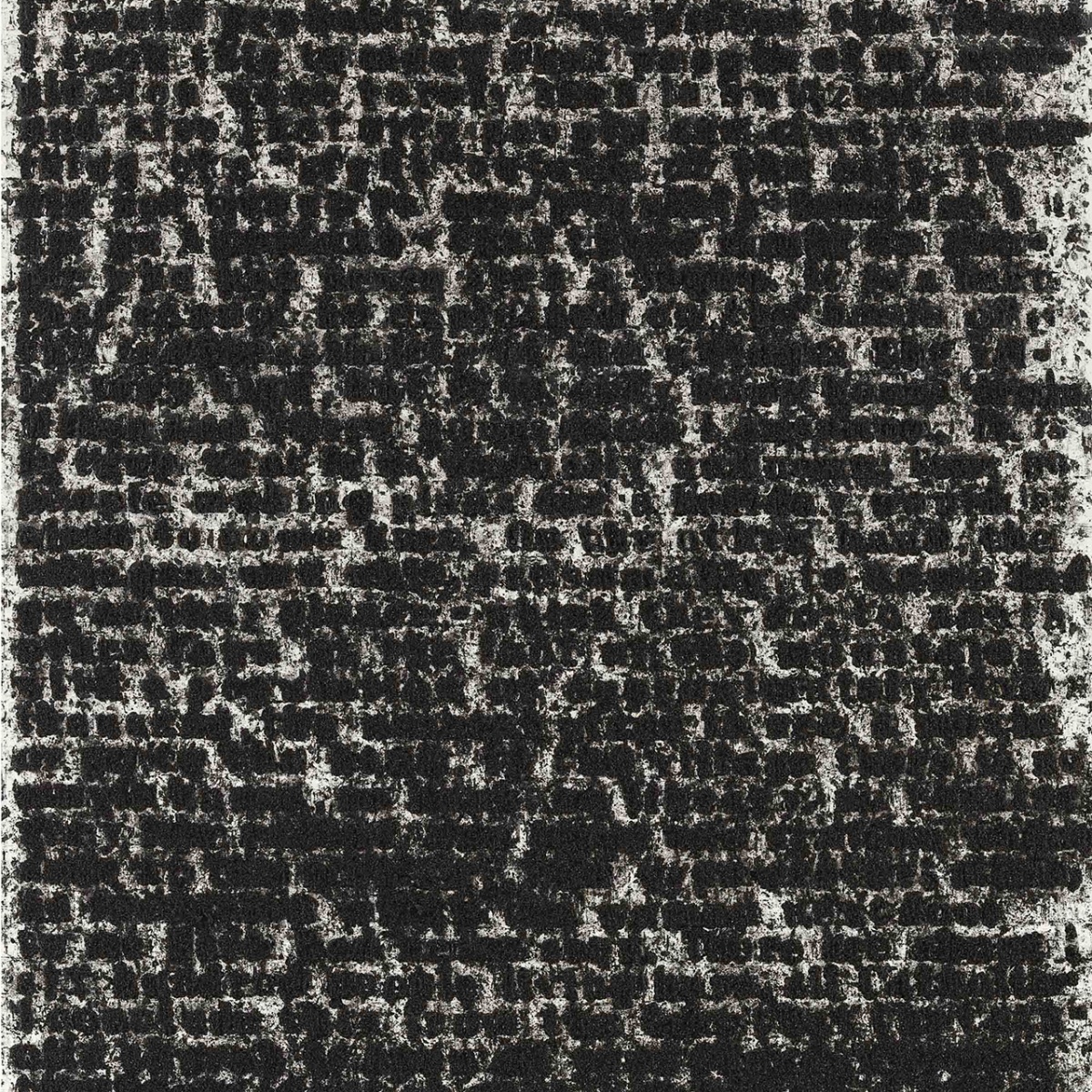
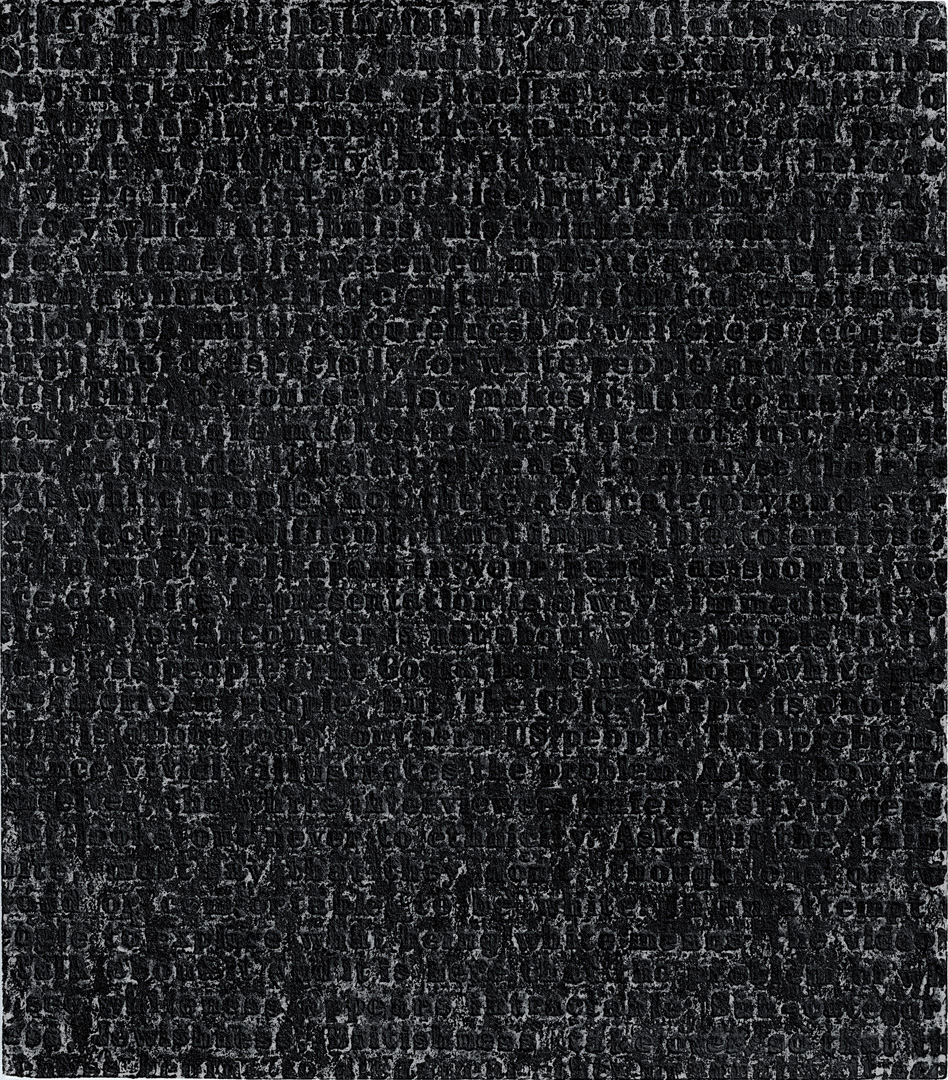
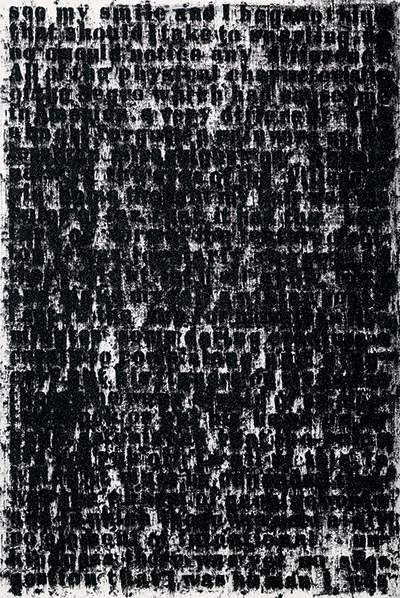
_____________
Claire Fontaine Various, 2008-2021
‘Claire Fontaine is not just a conspicuously feminine name for an artists’ collaboration. “She” cannot be mistaken for a woman, because she is already something else: a brand of French notebook, more ready-made than fictional character. Since 2004, Fontaine has, with her Paris-based “assistants,” Fulvia Carnevale and James Thornhill, produced textual and object-based inquiries into the legacies of the left, most explicitly May ’68 and Italian movements of the 1970s, in an almost forensic search for the secret freedoms that might be cultivated under capitalism, a search whose tactics they refer to as “human strike”—radical secession from much that comprises contemporary subjecthood (work, consumption, and so-called individuality).’
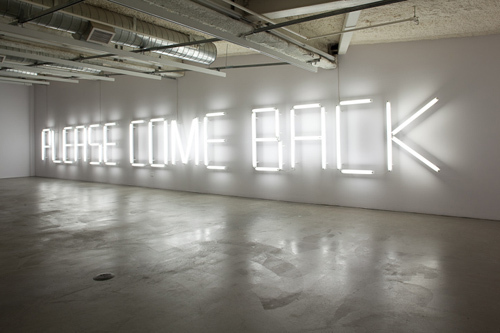
Please come back, 2008

Evil/Good, 2017
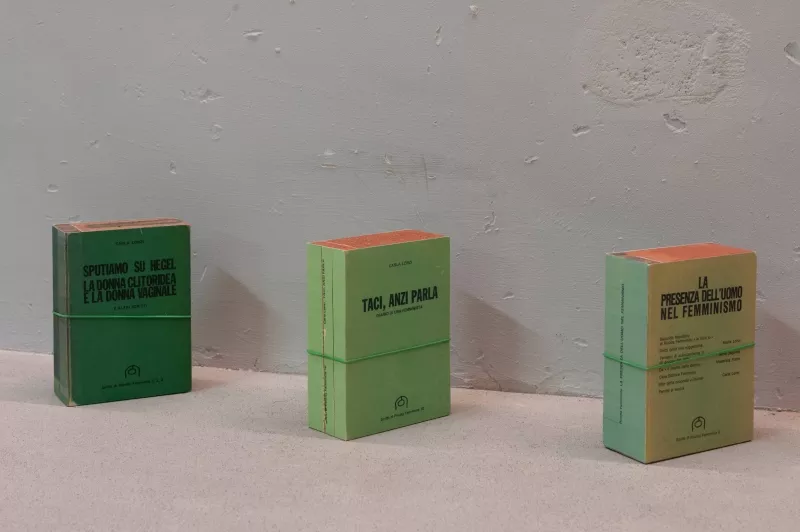
Sputiamo su Hegel: La donna clitoridea e la donna vaginale brickbat (2015)

Dior Autumn-Winter 2020-2021 Show
_____________
Louis Wain I Am Happy Because Everyone Loves Me, 1928
chalk and coloured ink on paper

_____________
Jesse Howard Various, 1958 – 1966
‘He was named one of the ten most important folk artists in America before his death, his works hang in the Smithsonian and around the world, and Pulitzer Prize-winning author Richard Rhodes described him as the “Grandma Moses of print culture;” yet, few in his hometown of Fulton would remember Jesse Howard as anything but an eccentric crank. As the years have passed, Howard is more renowned for his art outside of Fulton than within it, which might just be appropriate because it was Howard’s uneasy relationship with this community that inspired his best work.’

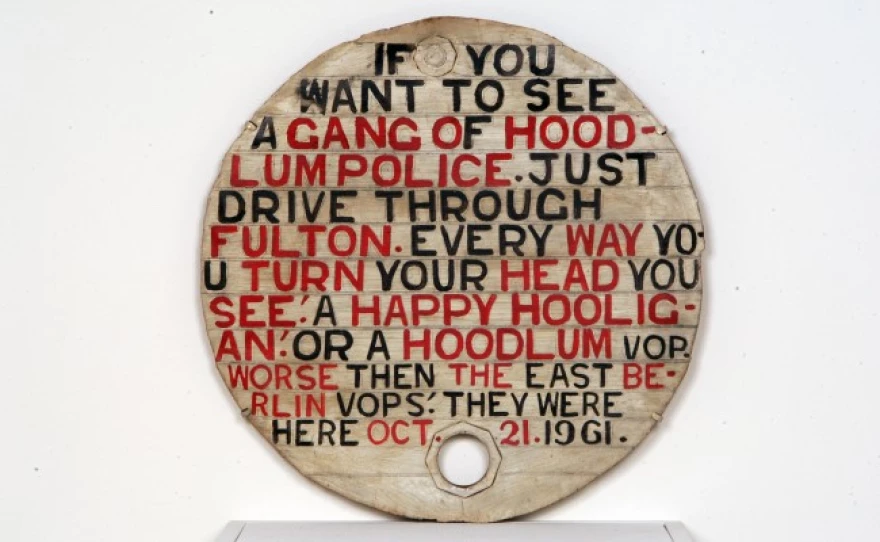
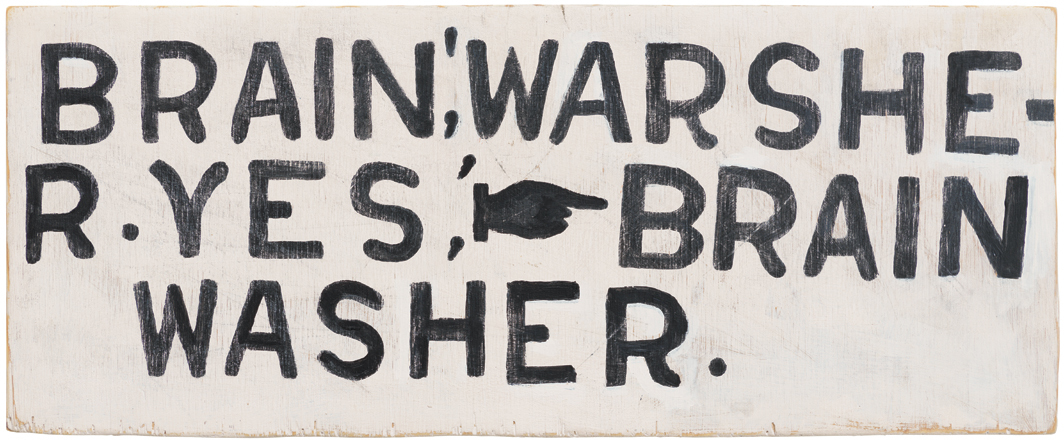

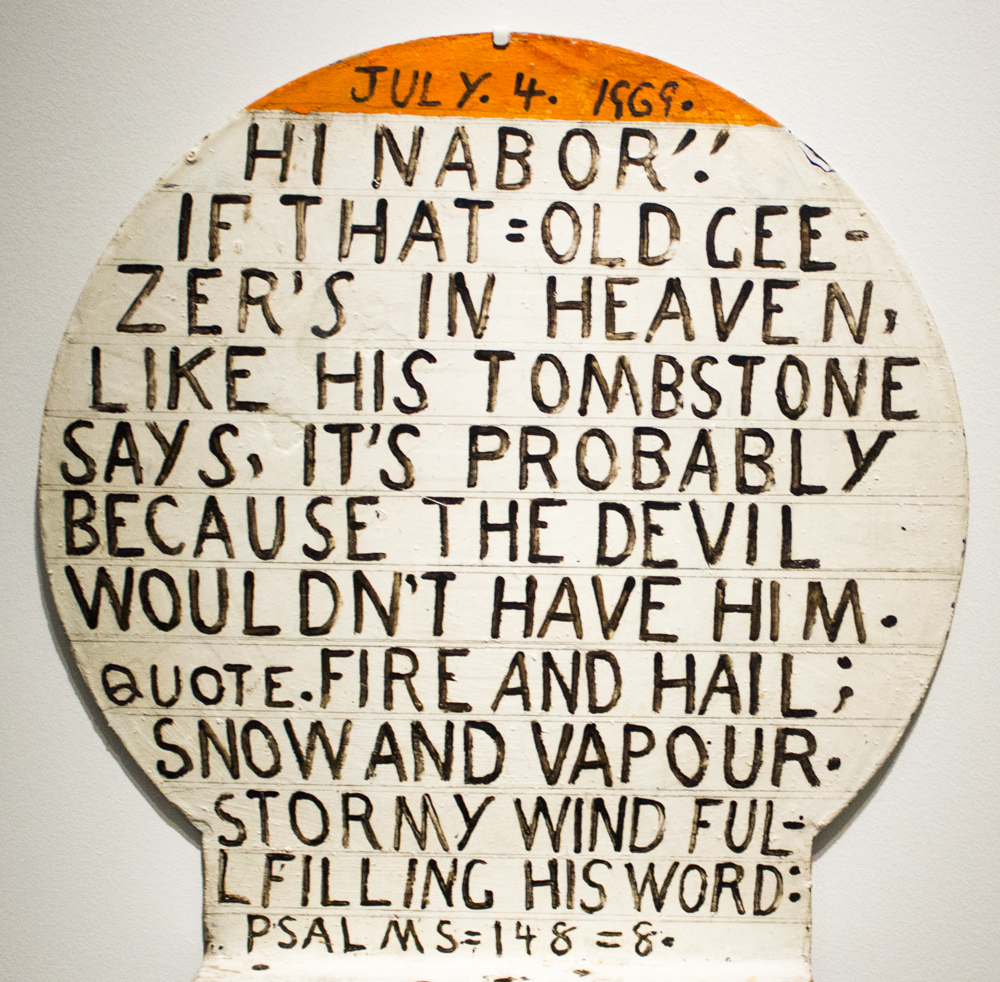

_____________
Emily Dickinson One sister have I in the House, 1859
‘What was Emily thinking when she “wrote” this? Was it the start of a poem? What was she feeling?’
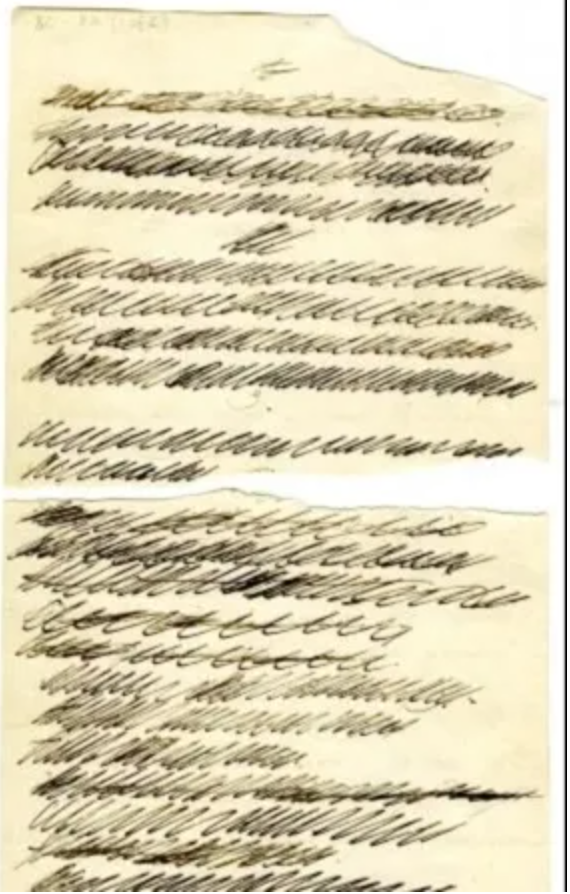
_____________
Ken Lum Time. And Again., 2021
‘Ken Lum is known for text-based photographs that challenge notions of cultural identity and multiculturalism by exploring interactions of language, kitsch, image, and narrative. All of the ideas explored by Lum are defining characteristics for shareable memes online.’
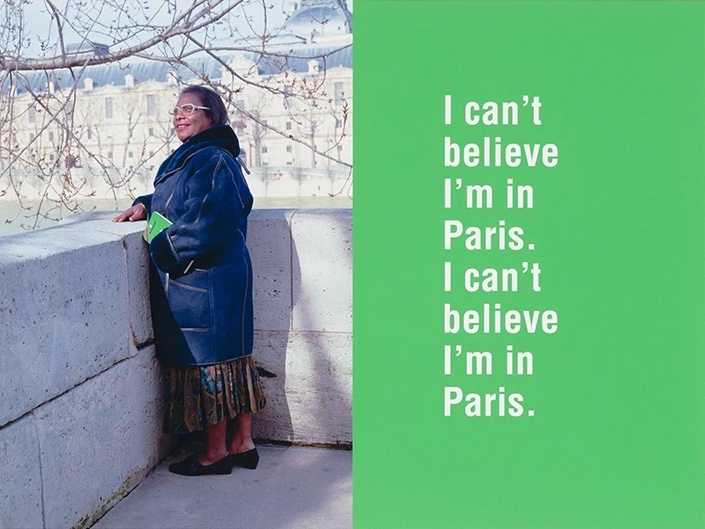


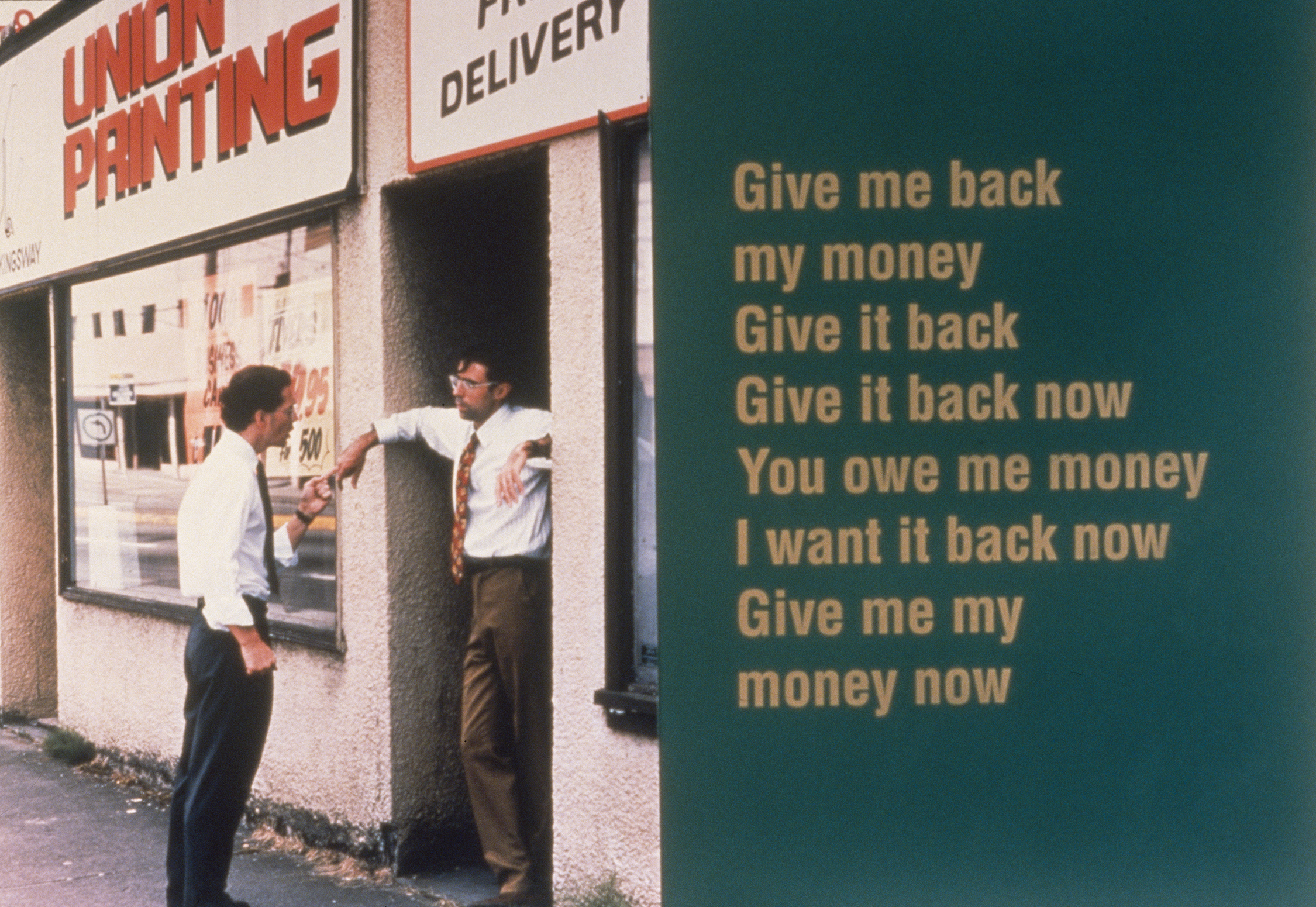
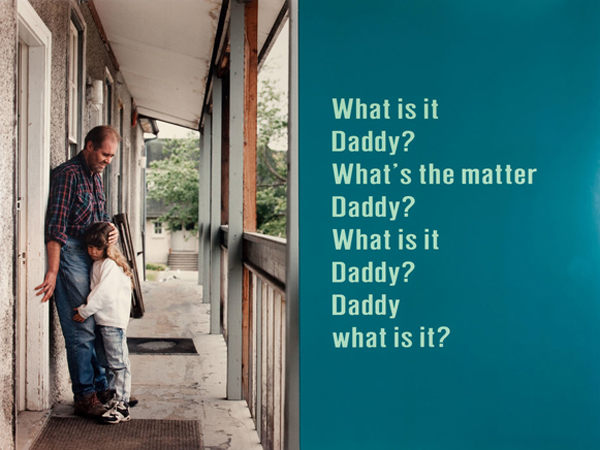
_____________
Joseph Kosuth TITLED (ART AS IDEA AS IDEA), 1967
photographs mounted on sintra PVC
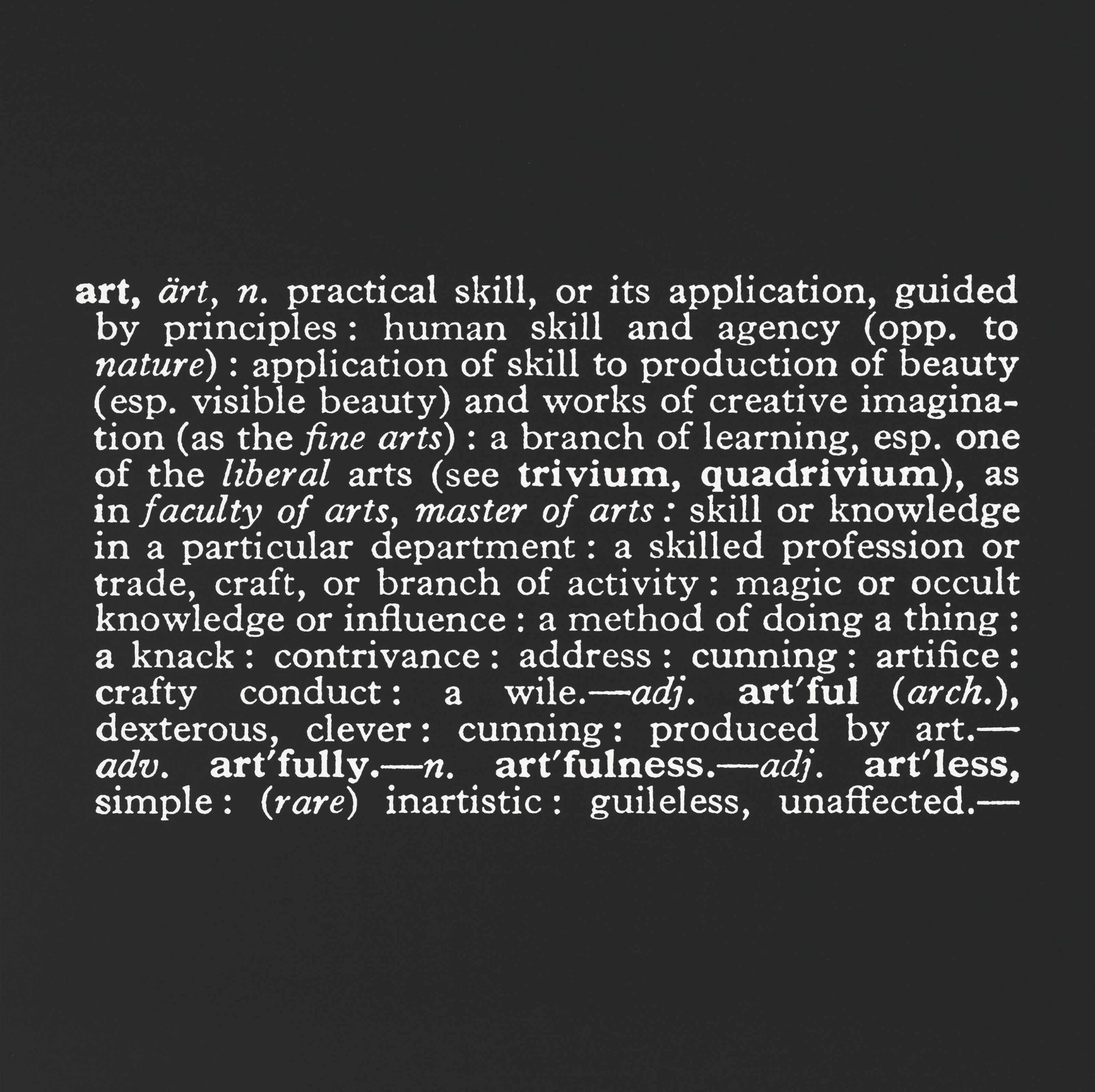
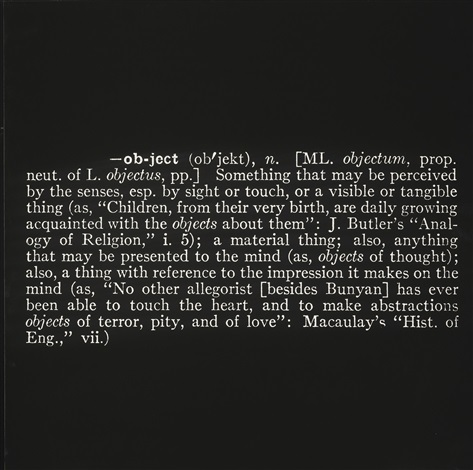
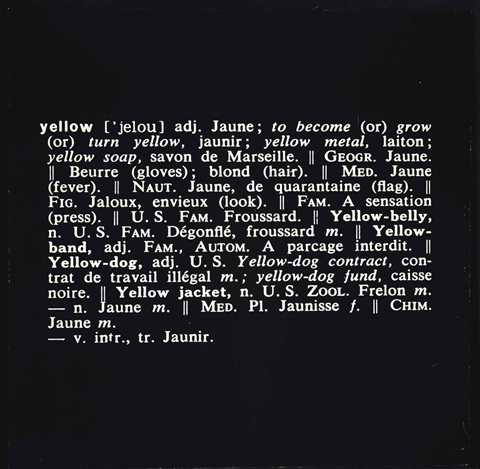
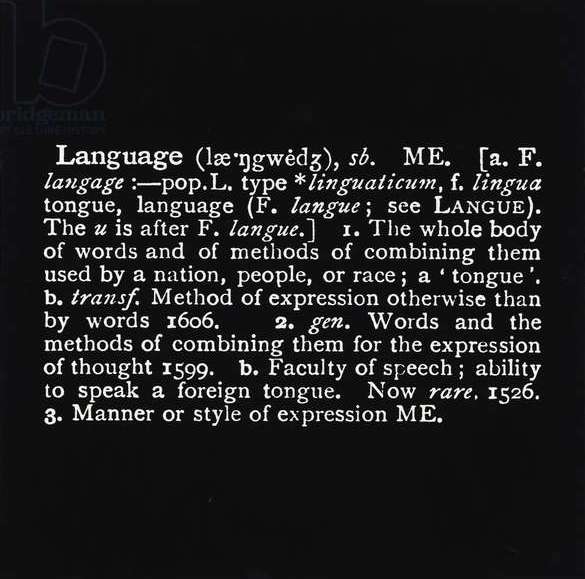
_____________
Marcel Broodthaers La Pluie, 1969
‘La Pluie (The Rain) was filmed in the garden of the rue de la Pépinière during the Musée d’Art Moderne, Département des Aigles, Section XIXe siècle period. The film shows Marcel Broodthaers trying to write while the rain constantly washes away the ink. In the final scene, during which the artist gives up and drops his pen, the inscription “Projet pour un texte” (Project for a text) appears.’
____________
Rana Hamadeh Can You Pull In an Actor With a Fishhook or Tie Down His Tongue With a Rope? 2015-2016
‘Rana Hamadeh’s “Can You Pull In An Actor With A Fishhook Or Tie Down His Tongue With A Rope?” is an eight-channel sound play that departs from a claim that regards justice as the extent to which one has access to the dramatic means of representation – the measure to which one can access theatre. The performance takes the Shi’ite ceremony of Ashura, alongside the political, military and legal actualisations of this ritual within the Lebanese and Syrian contexts, as a field for commentary and research. Ashura is a theatrical religious ceremony that re-stages the battle of Karbala during which Imam Al Hussein (626–80 AD), the grandson of Prophet Mohammad and an allegorical reference to the figure of the oppressed, was killed. Through a series of rites and orations over the course of ten days each year, Ashura mourners recount the battle’s events, weep and inflict wounds onto their bodies. Fluctuating between the theatrical and the actual witnessing of the crime, Ashura mourners constitute themselves as testimonial subjects while embodying the roles of the oppressor and the oppressed at once. Treating Ashura as a dramaturgical framework that underlies the entire politics of oppression in Lebanon and Syria, Hamadeh’s performance decodes, reorders and re-choreographs the ceremony’s theatrical components, proposing with that a possible language through which the history of the region’s violence can be re-read. The work considers whether it is possible to script Justice – to rehearse, narrate, weep, chant, choreograph, or even spectate justice.’
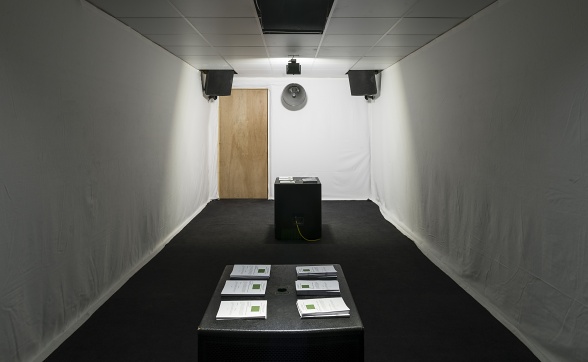
____________
Lee Ming-Wei 100 Days with Lily, 1995
‘100 Days with Lily was created at a time when I was grieving the death of my maternal grandmother. I chose to live with it 24/7 for the following 100 days, as a form of ritual grieving for her. From the day I planted the lily bulb, through its germination, sprouting, blossoming, fading and death, I experienced at close hand a full cycle of its life and, by extension, my grandmother’s and my own. I randomly chose a moment in each day to document what I was doing with the lily present.
‘In the final presentation, text was overlaid onto five of the photographs to create images showing both various stages of lily’s life and my activities at various moments: day 1, 10:23, planting lily; day 2, 06:34, sleeping with lily; day 3, 12:05, eating with lily; day 4, 09:14, walking with lily; day 5, 07:12, meditating with lily. Lily died on day 79, at which point I postponed the exhumation and carried the now dormant lily bulb in my hands for the remaining 21 days as I ate, walked, slept, gardened, bicycled, shopped, cooked, read, and contemplated, until I had lived with the lily for the full 100 days.’




_____________
Konrad Smolenski The End of Radio, 2012
‘The End of Radio is an installation of two hundred microphones, which emit two hundred field recordings of people talking on the street.’

_____________
Rene Ricard Various, 1989-1997
‘Known as “poem paintings”, Ricard merged imagery and text onto antique prints or old photographs that he would find in second-hand stores – layering his words over the original surface or covering it entirely.’
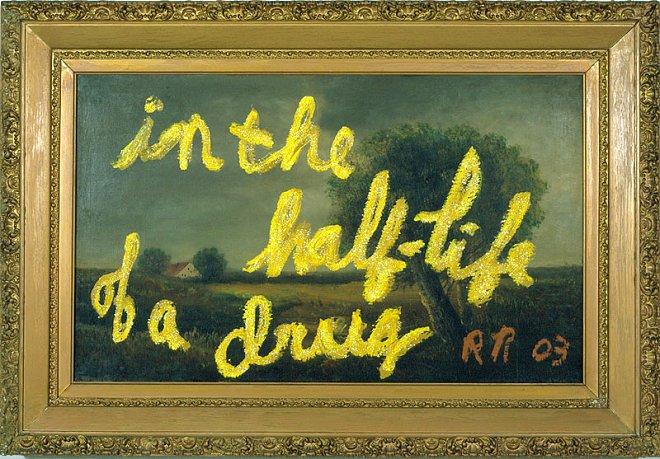
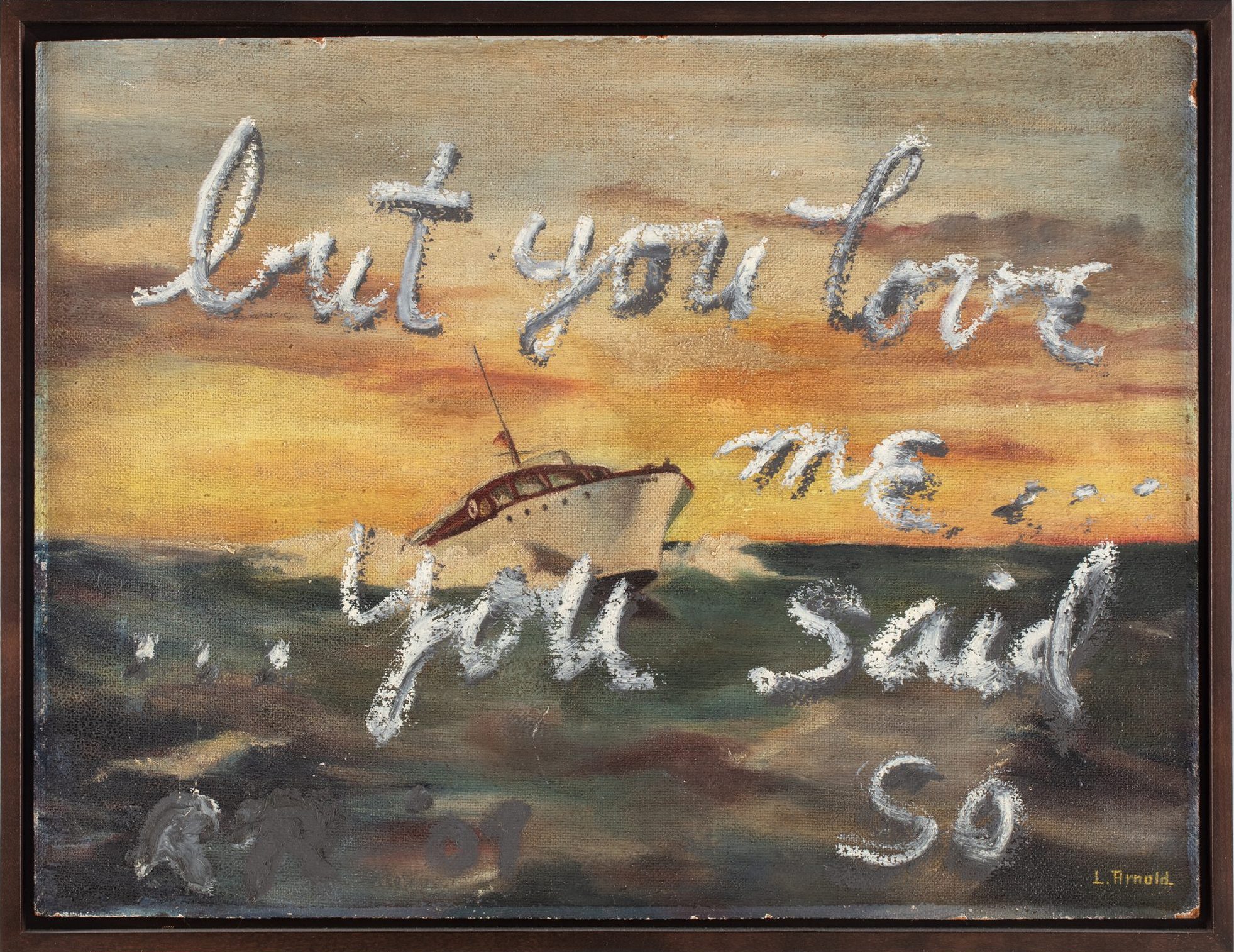
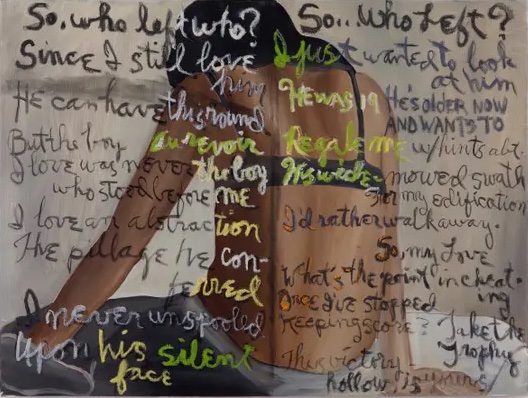


_____________
Dennis Oppenheim Theme for a Major Hit, 1974
Aluminum, felt, plastic, wood, electric motor, spotlight, and other materials

_____________
Mel Bochner Untitled, 2015
‘For more than 45 years Mel Bochner has explored the intersections of linguistic and visual representation. As one of the pioneers of conceptual art during the ‘60s, Bochner developed a body of work that causes us to read and see simultaneously, to “think” as we look. Mel Bochner has taken an unusual turn toward painterly expressiveness during the past two decades.’
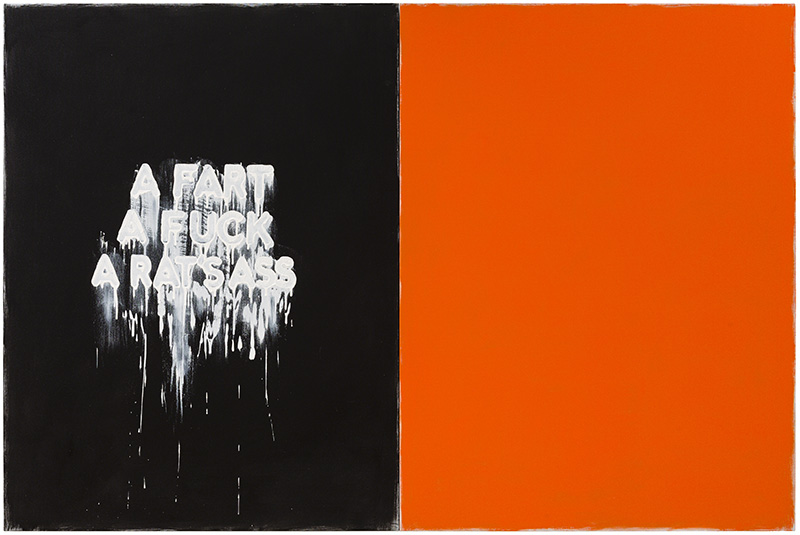
_____________
Art & Language Now They Are I, 2015
144 parts, ink and paint on paper
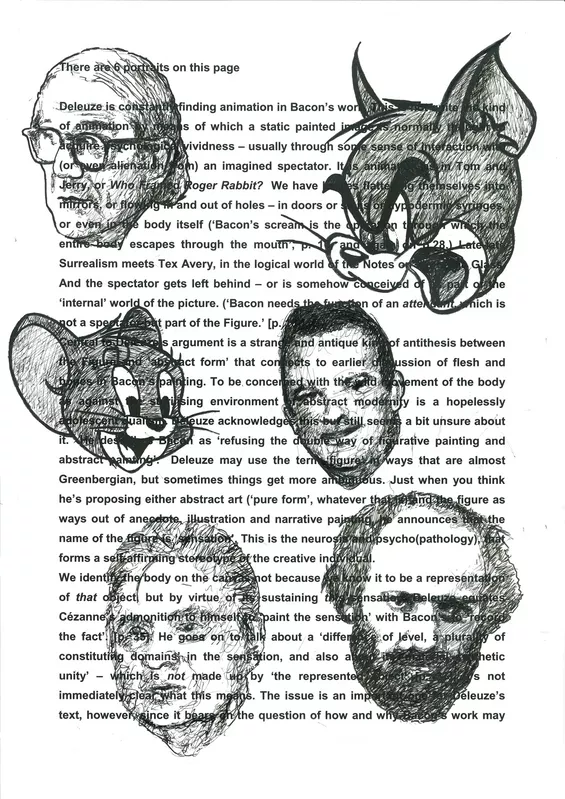
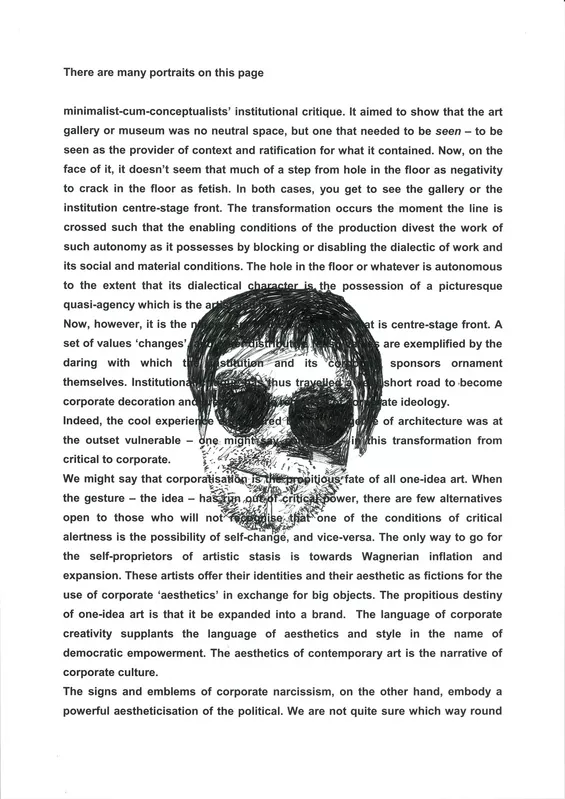
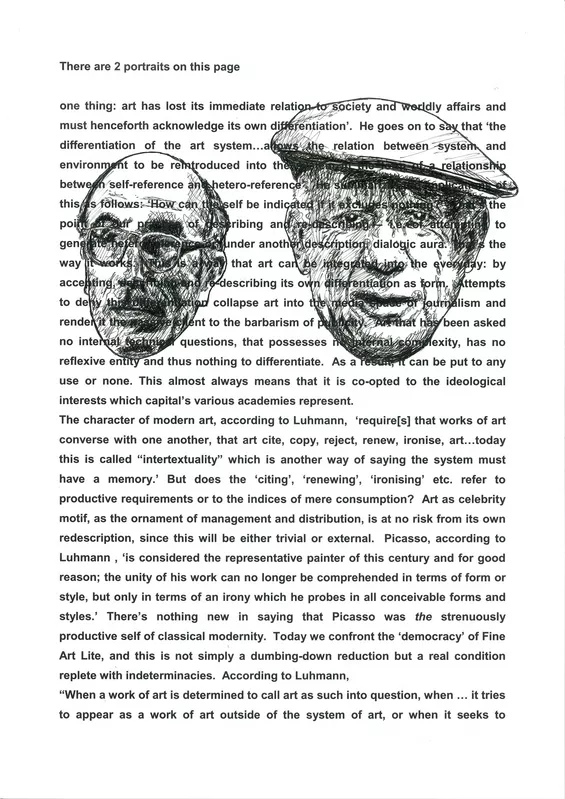
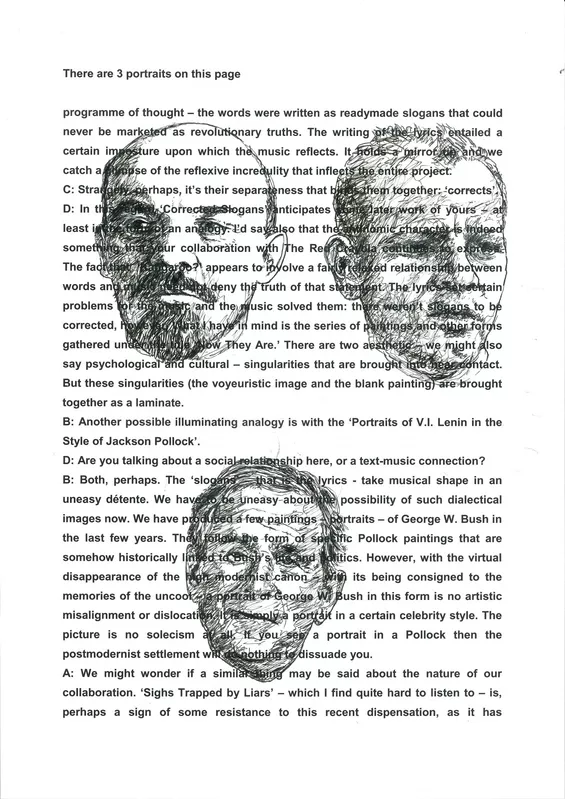
______________
Shilpa Gupta Words come from Ears, 2018
Motion flapboard
______________
Barbara Brandel Sampler (Jacket), 1995
dyed cotton, silk, and wool

______________
Frances Stark Osservate, leggete con me, 2012
3-channel digital video for projection, black and white with sound
______________
Matt Siber Various, 2003-2006
‘Matt Siber’s work is characterized by the intervention on urban photographs where the focus is on traffic signs, advertising posters on the roads, or the most influential capitalist consumerism brands. Using Photoshop, he eliminates the support structures of these objects so that the logos are left floating. Using this action, the artist removes all visual distractions to only pay attention to the text or the logo.’



*
p.s. Hey. ** Tomk, With a capital ‘T’ no less! Any part that this place might have played is a source of immense pride, maestro. I hope your head rests so lightly on your neck it feels like a whiffle ball today. ** Dominik, Hi!!! Tough choice, no question there. Yes, tickets to-and-fro LA are secured. Leave here on the 17th, return here on November 11th. And those will be the blog vacation dates too, of course. Thank you, love. That soundtrack switch would absolutely and entirely recreate my relationship to my upstairs’ temporary neighbors. I would even bake them a cake or something. Love successfully bribing me with Mexican food to return his affections, G. ** Misanthrope, You must be right, but an LLC was no tripping of the light fantastic. Yeah, I don’t care about Harry Styles. *ducks* You must really like him because most people I know say his acting abilities make Madonna seem like Isabelle Huppert. *ducks* Oh, yeah, man, you and me, we just get studlier by the minute. I’m always really surprised that the US still celebrates Columbus Day. Happy to hear you’re putting writing at the fore, natch. Ah, but your straight out of the gate fart reference might make Amphetamine Sulphate and Infinity Land Press drool. ** David Ehrenstein, That I did not know. How curious. Thank you! ** Tea, Well, while they were briefly or sort of briefly imprisoned in the meat locker they would have heard the sound of a tape recording of me and my friends screaming into an old reel-to reel tape recorder’s microphone that had been slowed down to make it sound not like just a bunch of kids screaming intone microphone if that counts as music? Yay, you’re a ‘Grounded’ guy too! What were the odds? I love so many of theirs. ‘Starlings in the Slipstream’ pops into my head. I did read, I think, that the new Swans is the last Swans, but, you know, Michael did that before and it didn’t stick. No new fetish stuff from me either, I don’t think. Alas. My day was kind of inflated in a funny way. I hope your day’s only limits are scat, blood, and children. ** Jamie, Hey, pal. I need to do that horror update too, but I haven’t yet. I’m still just trawling for haunted houses and gory props and stuff. I too am most curious how Bret responds to my question. He likes me so maybe he’ll cut my question some slack. I had a friend in high school who died because he was huffing aerosol from a paint can and didn’t do it right and filled his lungs with paint, so the thought that people do that always gives me chills. It’s aways best to push yourself beyond your current limits and then pare back if need be. I do that all the time. You’ll get your ending. It’s fated. I got my tickets to go to LA, and I bought tickets to see Destroyer play on Friday night, so those made yesterday something. And other stuff of no excitement that didn’t undercut that something. So, did ‘Celtic’ win, and is ‘Celtic’ related to the Boston Celtics? Sports and I are barely familiar with each other. I have not seen ‘The Wolf House’, no, but it will be my first Halloween movie, if I can help it. Hello-there-ladies-and-gentlemen-hello-there-ladies-and-gents-are-you-ready-to-rock love, me. ** _Black_Acrylic, You nailed precisely what he is admirable for and impeccably, sir. Oh, no, so sorry you’ll miss that event. Grr. ** Steve Erickson, I’m not sure. I’m not even sure when it’s being conducted. Presumably timed with ‘The Shards’. Everyone, Steve’s ‘October music roundup for Gay City News, featuring Shygirl, Ezra Furman and the Recitals, came out today.’ Zero interest in seeing “Blonde’. Nothing about it lures me in at all. I’ve heard that about ‘My Policeman’ and about Mr. Styles’ performance, and you had better hope Misa didn’t read your comment about Mr. Styles’ acting chops because he might just train into NYC and whomp you upside your head. ** Robert, Hi. Oh, Not infrequently do I not read an entire novel, but not because I dislike it necessarily, but because I pretty much read for style and structure and stuff, and sometimes it only takes a chapter or whatever to figure what the writer is doing, and then I lose interest because I don’t really believe in fiction enough to care about the characters and story. When I hate a novel, it usually only takes me about ten sentences before I close the cover. But I totally get you. I don’t know, I think your highly selective manner of reading is the sign of someone who gives a huge shit about what you’re reading which quite possibly makes you a great reader, in fact. You and your standards have my complete admiration. ** Paul Curran, Hi, P! Excellent! And I am not even surprised, dude! Interlocking devil horns! I pray for some form of Halloween within easy distance of your hideout. But in the meantime, yes, J-novel advancing, please, pretty please. ** Right. I hope you liked my recent ‘Words’ post because today you get its sequel. See you tomorrow.
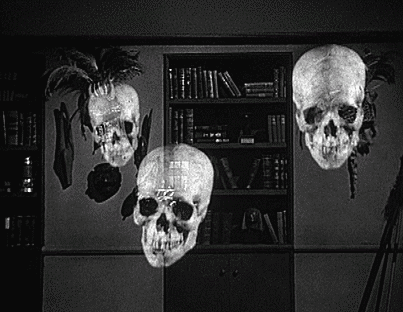
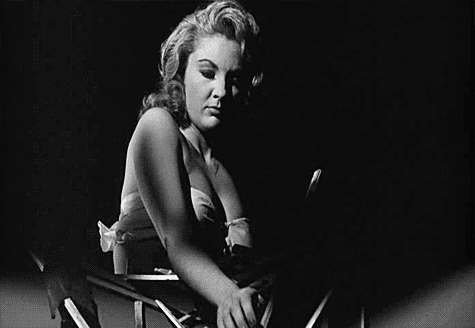

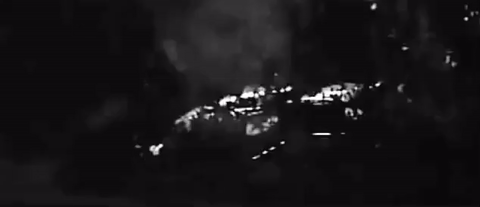
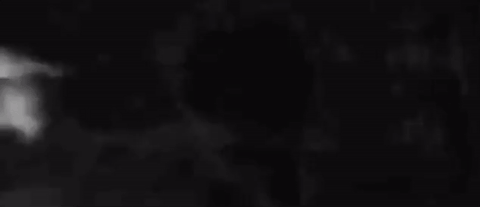



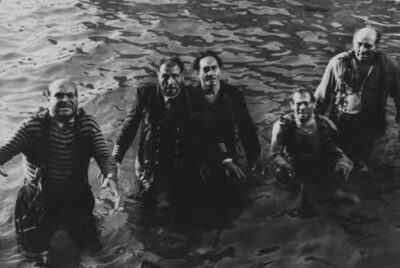

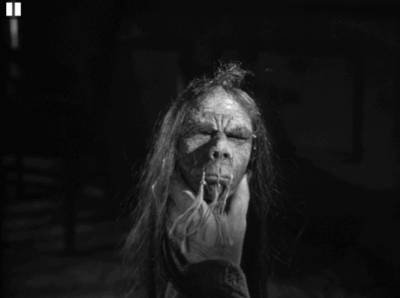


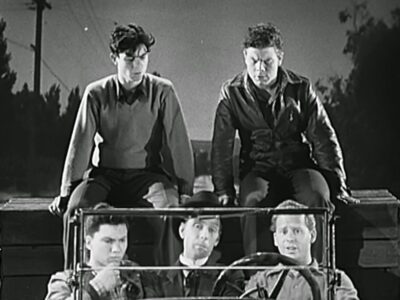
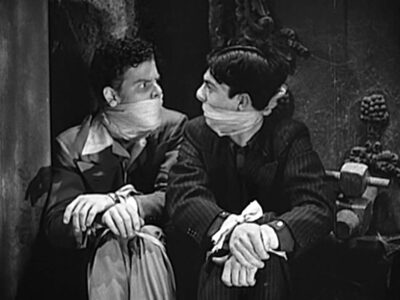
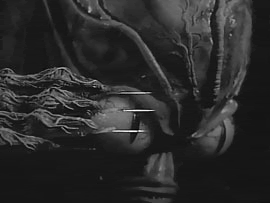

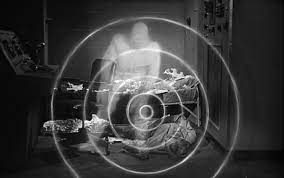
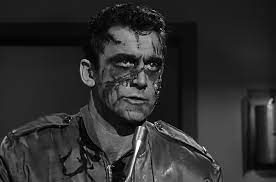
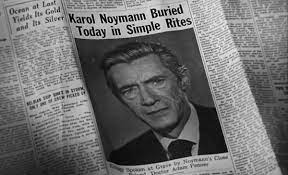
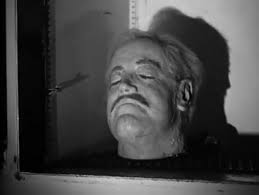
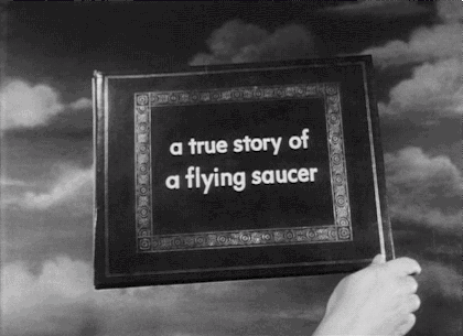
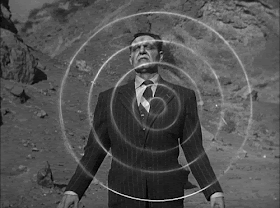
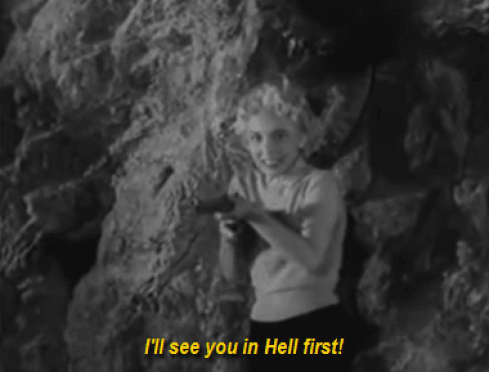

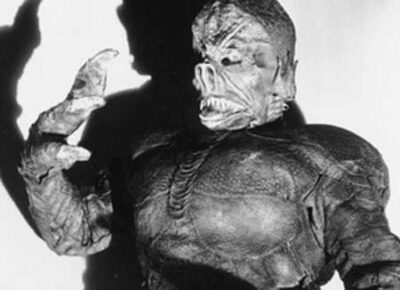
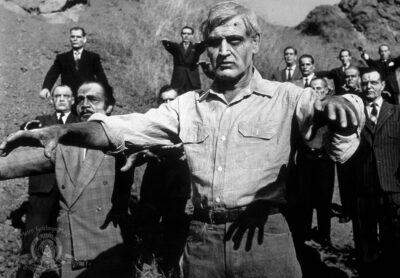
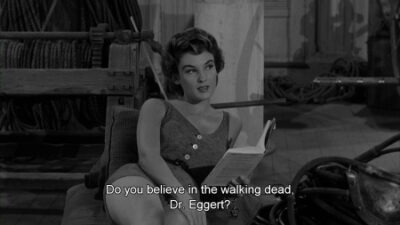
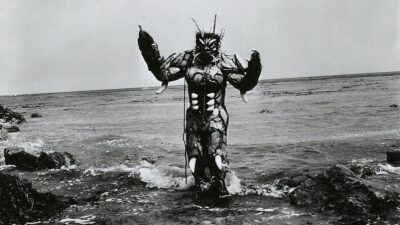
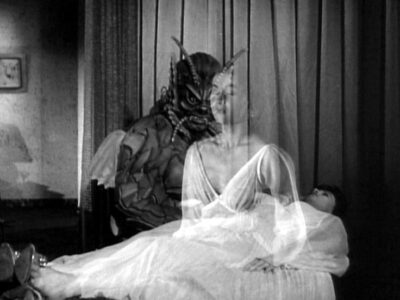

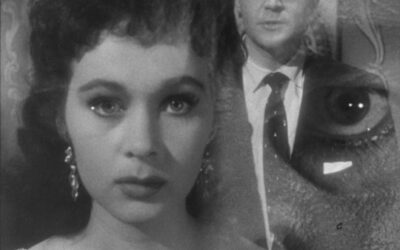
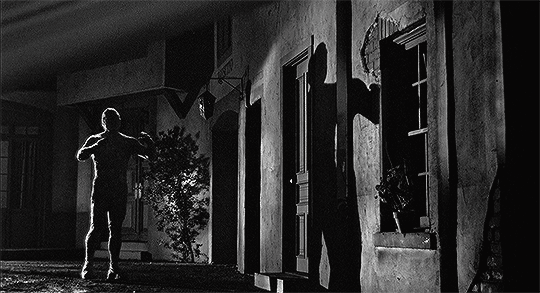
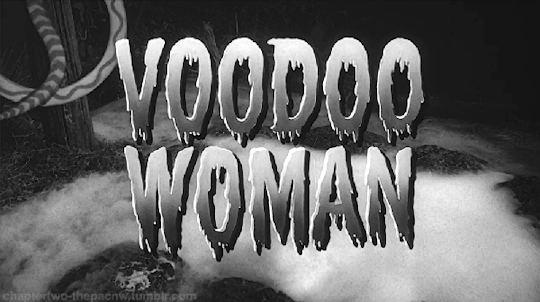



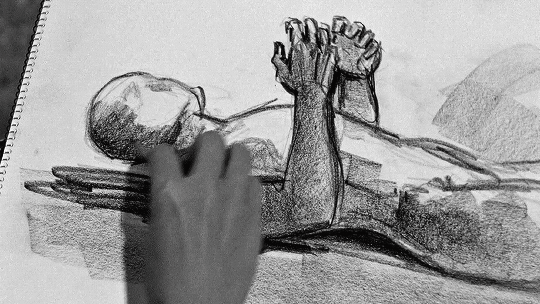
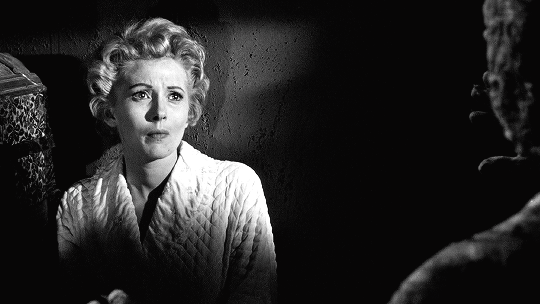

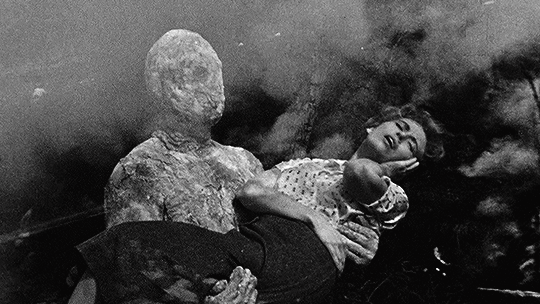
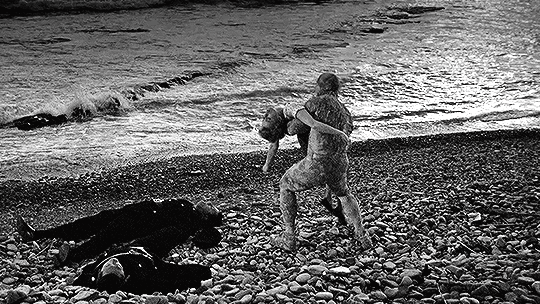
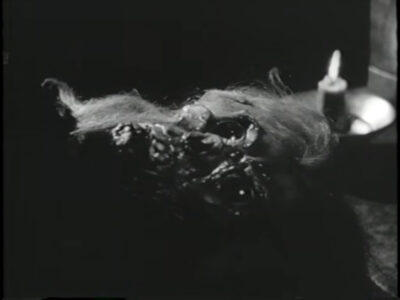
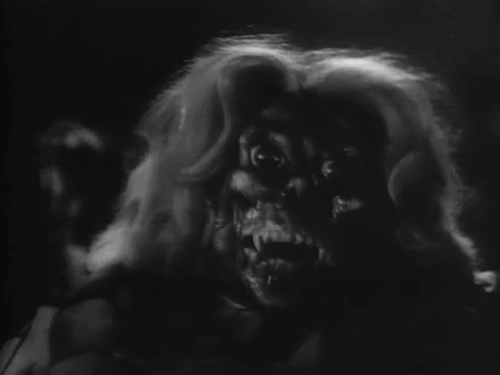

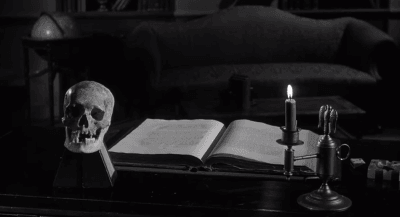



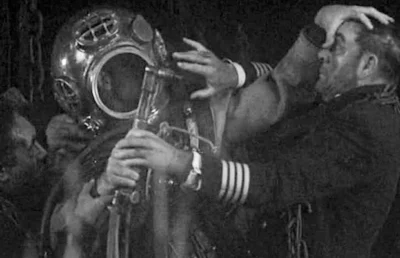
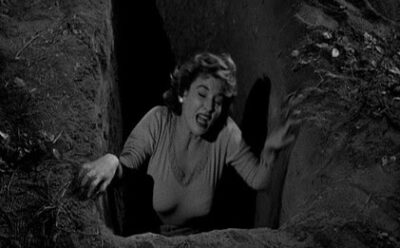

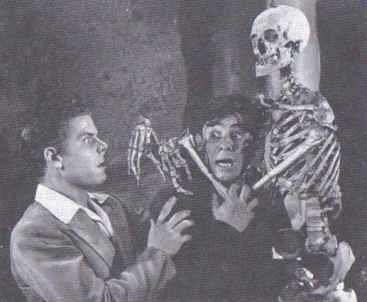
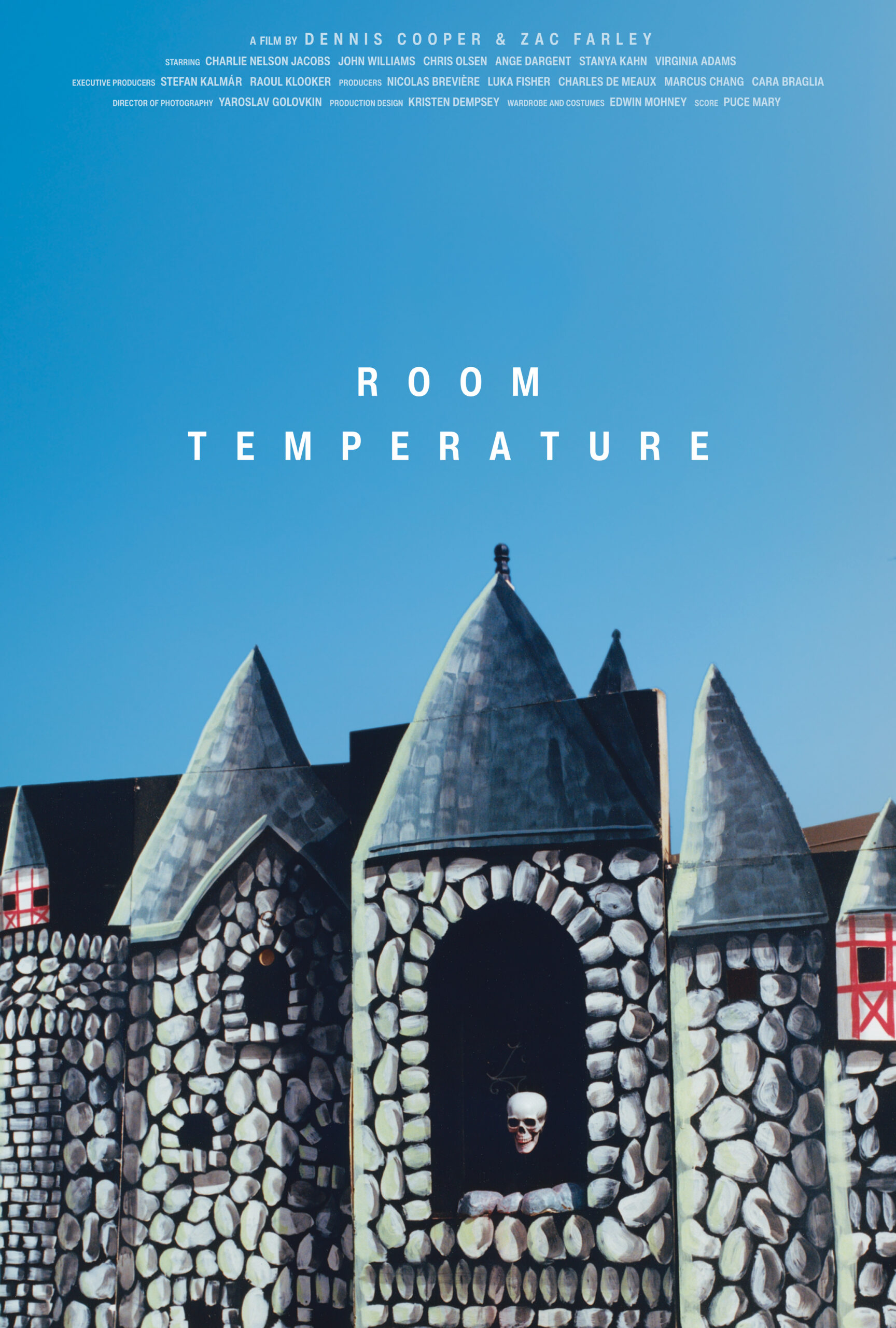



 Now available in North America
Now available in North America 